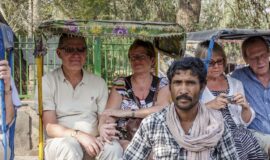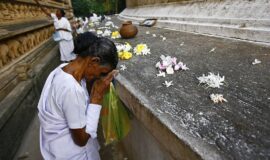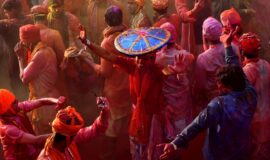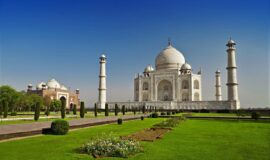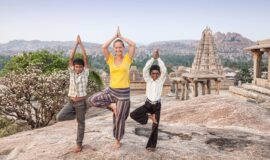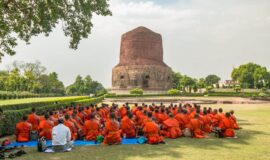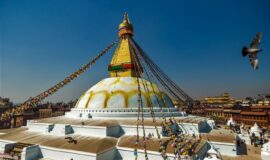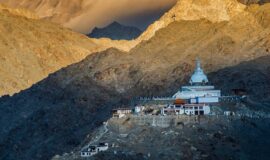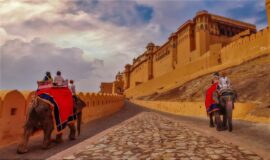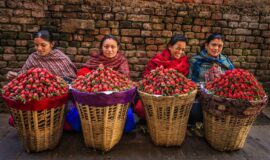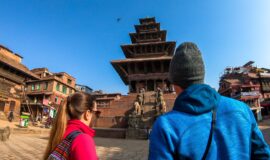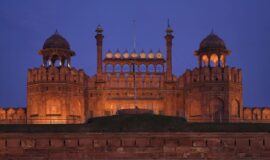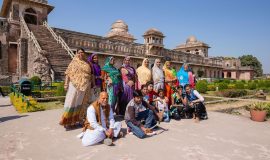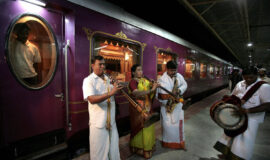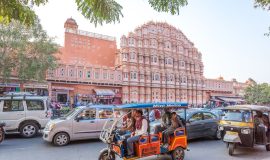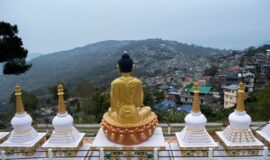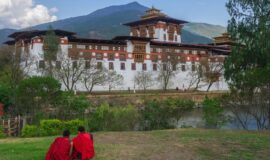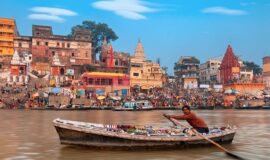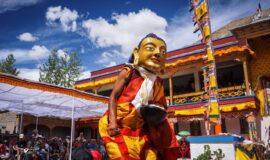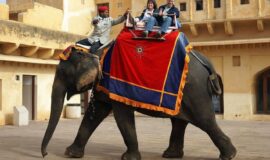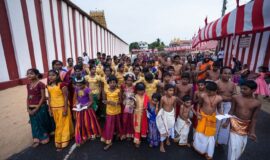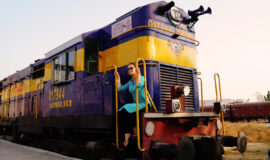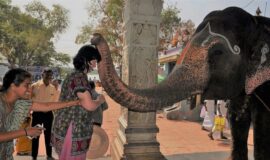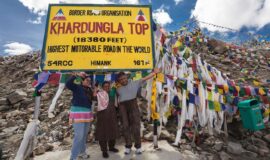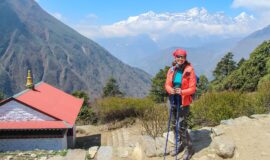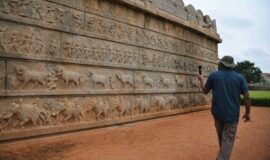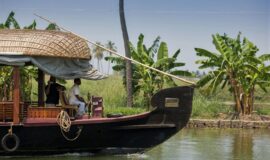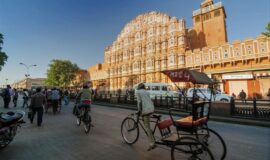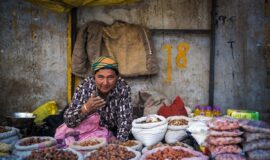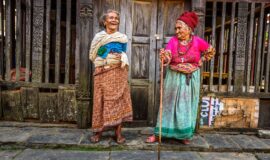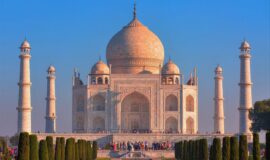Paro, Home to the famous Tiger Nest Monastery
Taktsang (Tiger’s Nest Monastery)
Drukgyel Dzong
Kila Nunnery
Tachog Lhakhang Bridge
Paro Rinpung Dzong
National Museum of Bhutan, Ta Dzong
Drakarpo (Split Rock)
Kyichu Lhakhang
Some Other Images From Paro, Bhutan
Top Attractions in Paro
Taktsang (Tiger’s Nest Monastery)
The most famous landmark in Bhutan is Taktsang Monastery. Located 3120 meters above sea level, it is a respected temple and monastery that was built in 1692. Only by hiking via difficult paths is it possible to reach the monastery. A trip to the monastery at Tiger’s Nest is always exceptional and memorable with Bhutan tours. One of Bhutan’s luxury tour holiest locations, it honors Guru Padmasambhava (also known as Guru Rinpoche), who introduced Buddhism to the country. According to legend, Guru Rinpoche arrived at Tiger’s Nest on the saddle of a tigress who was expecting, where he spent three years, three months, three weeks, two days, and three hours in meditation. And so the name of the holy place came to be.
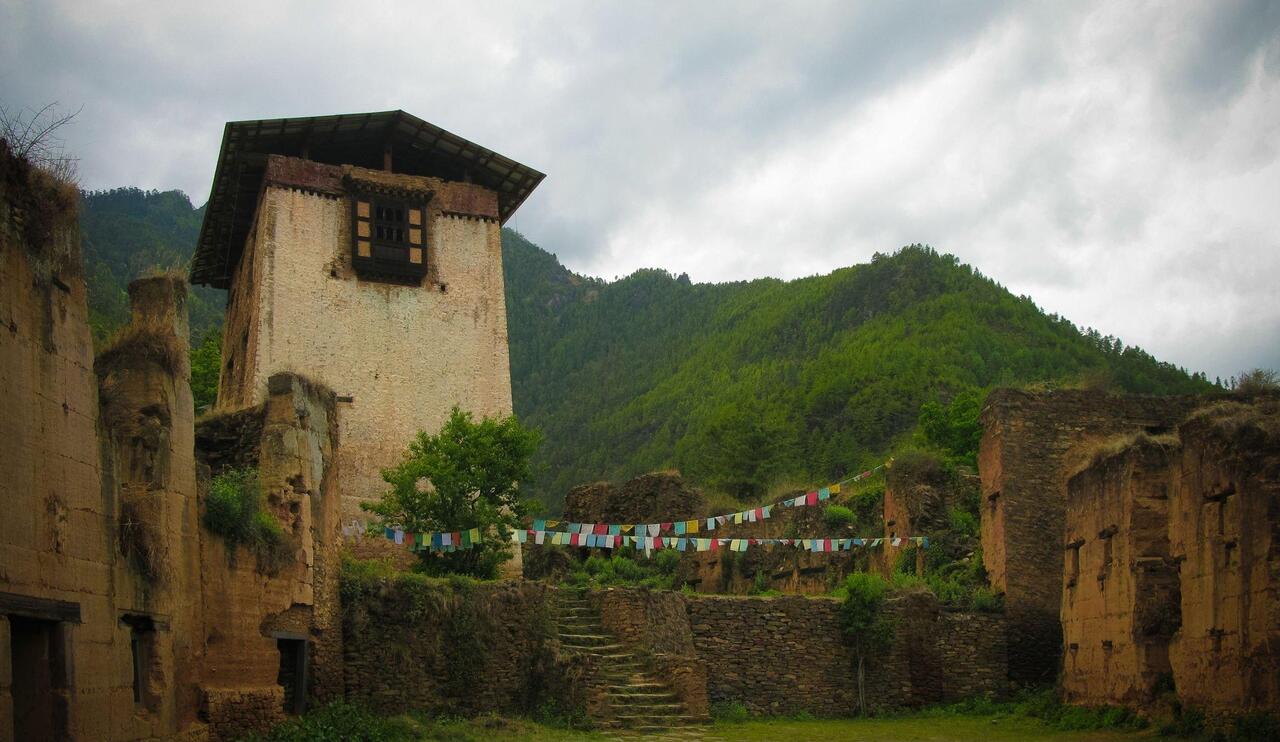
Drukgyel Dzong, Paro
Drukgyel Dzong
To commemorate Bhutan’s triumph over the united armed forces from Tibet and Mongolia, Drukgyel Dzong was constructed in 1649. Until 1951, when a fire nearly destroyed it, the historic castle contained religious manuscripts and served as a significant defensive post in the area. To commemorate the arrival of His Royal Highness Prince Jigme Namgyel Wangchuck, King Jigme Khesar Namgyel Wangchuck ordered rebuilding to begin in April 2016. The Drukgyel Dzong’s remaining structures and old fortification system are well-maintained and secured. One of Bhutan’s most well-known archaeological sites is the old Drukgyel Dzong ruins. Even the National Geographic magazine covered this magnificent building in 1914. Bhutan tour packages are exceptional.
Kila Nunnery
The oldest convent in Bhutan, Kila Gompa Nunnery, is situated between Paro and Haa, around 3,500m above mean sea level, on the cliffs below Chele Pass. A climb down to the convent takes around 30 minutes from the Chelela Pass, which is 1 12 hours from Paro. Along the route to the convent, many vibrant prayer flags can be seen flapping in the wind. You may enjoy a breathtaking view of Paro Valley from Kila Convent.
Tachog Lhakhang Bridge
Known as the legendary “Iron Bridge Builder,” Drupthob Thangtong Gyalpo was a brilliant Buddhist monk and builder who constructed the Tachog Lhakhang Bridge, an old iron chain bridge. He constructed countless iron bridges and temples throughout Bhutan in the first half of the fifteenth century. To get to Tachog Lhakhang, a private shrine run by Thangtong Gyalpo’s heirs, the Tachog Lhakhang bridge was constructed.
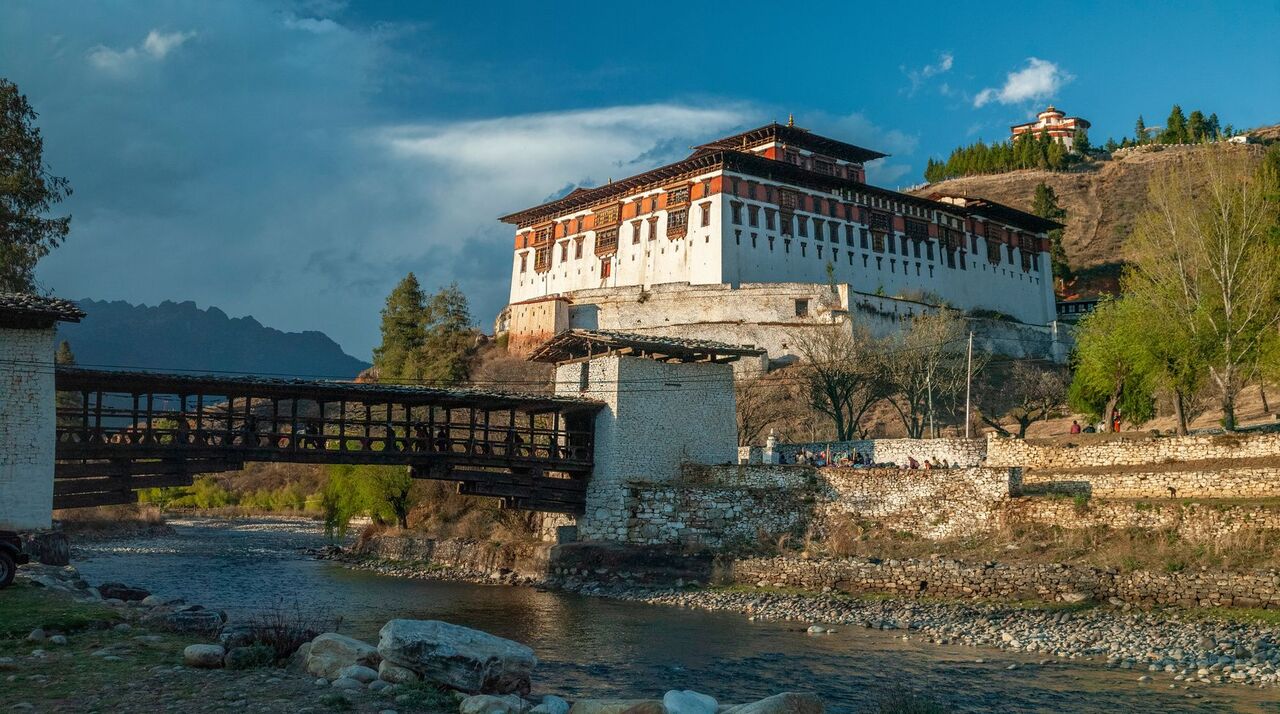
Paro Rinpung Dzong
Paro Rinpung Dzong
One of Bhutan’s tour’s most exquisite specimens of architecture is Rinpung Dzong, also known as Paro Dzong. Zhabdrung Ngawang Namgayal constructed the Rinpung Dzong in 1645. It serves as a monks’ monastic center and the Paro district’s administrative headquarters. The Paro Valley and the Paro-Chu River may be seen in one of the most beautiful vistas from the Dzong and are included in Bhutan tour packages, which are perched directly on a hillside. Nyamai Zam, a classic wooden bridge, is located beneath the Dzong.
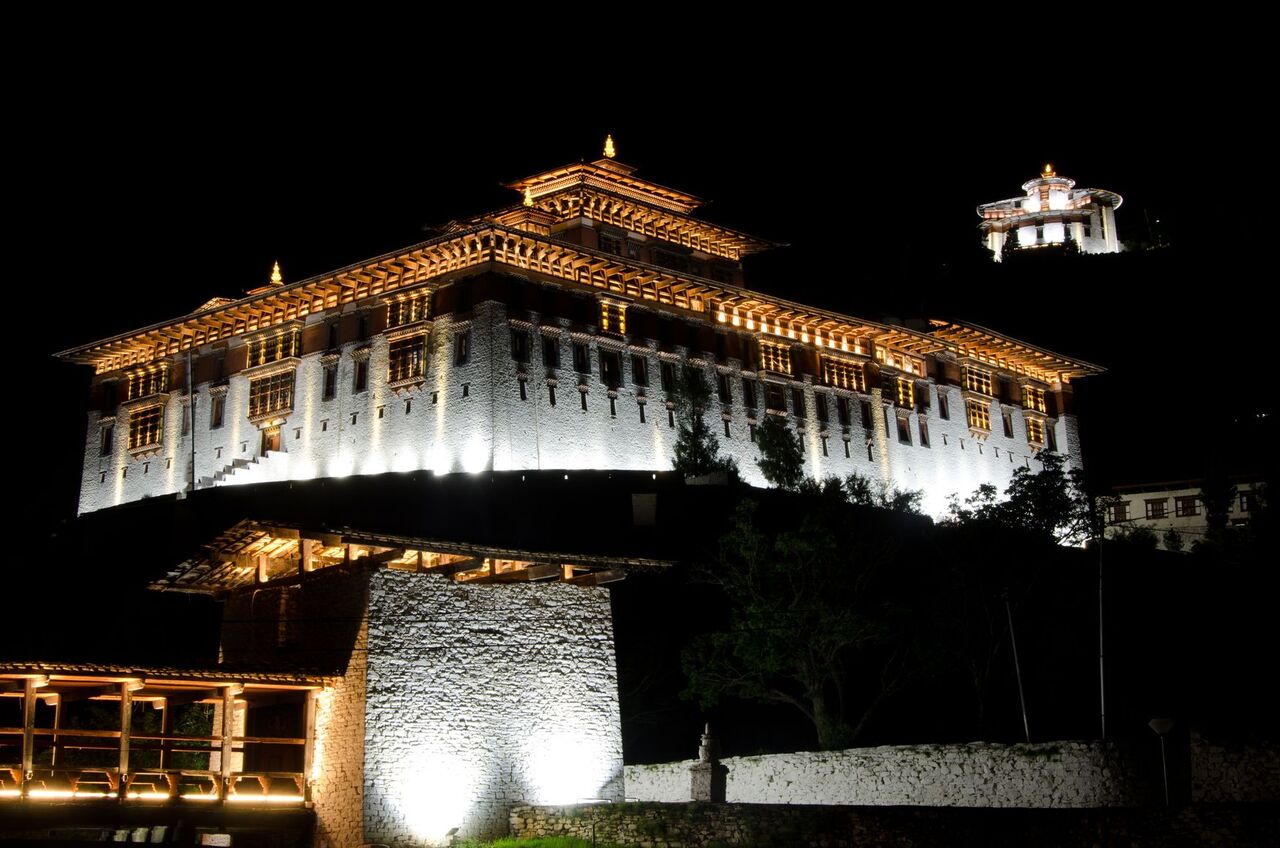
The well-known yearly celebration, Paro Tshechu, is held at Rinpung Dzong.
National Museum of Bhutan, Ta Dzong
On the hill below Rinpung Dzong is where you’ll find the National Museum. It was initially constructed in 1649 to serve as Rinpung Dzong’s fortress. It is the perfect location for anyone interested in learning more about Bhutan. The museum contains seven storeys, each telling a different historical tale. Valuable artifacts, antiques, and priceless items are kept there, including various swords, clay, copper, and bronze pots from the 17th century, and scroll paintings (Thangka) from antiquity and present times. Additionally, there are displays of Bhutanese insects and animals, historical armor and weaponry, and agricultural implements.
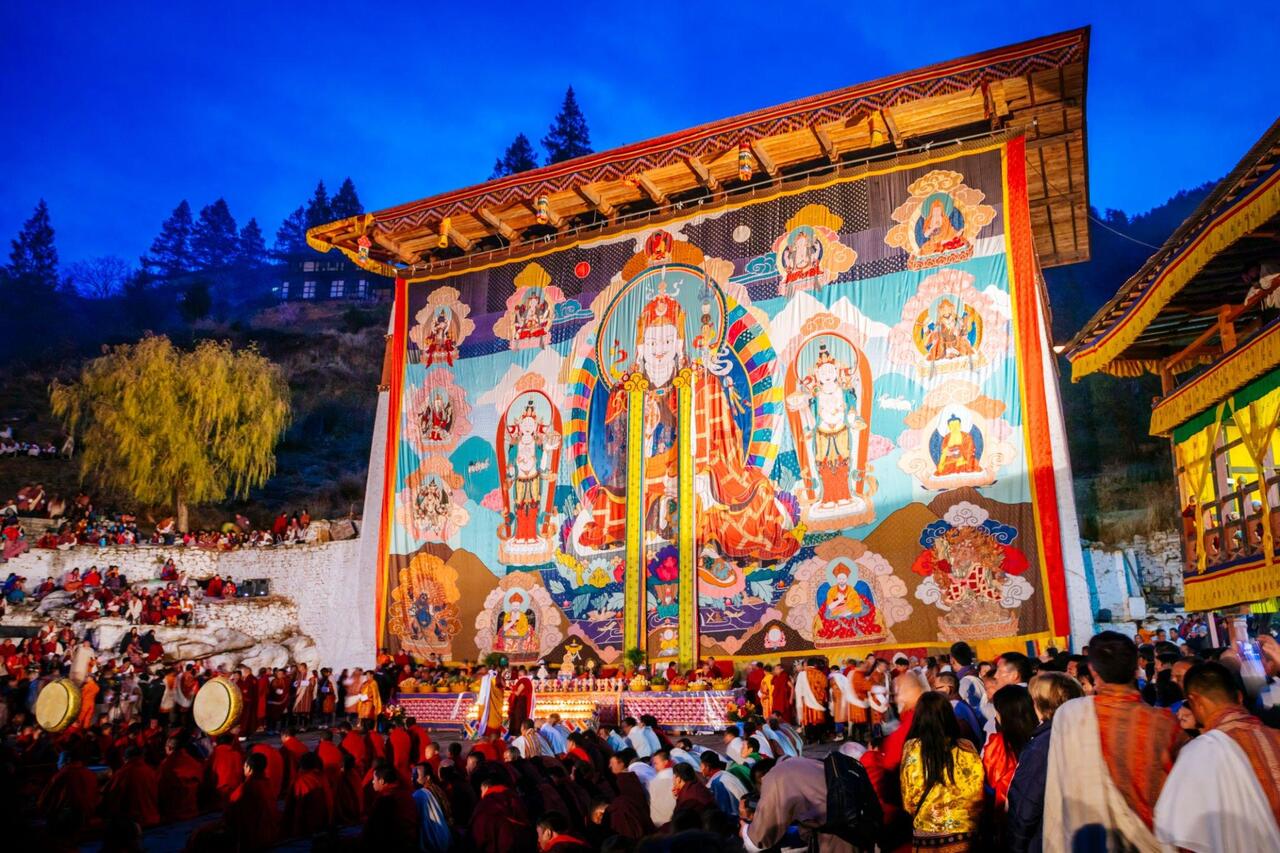
The museum offers fascinating insights into local customs and the development of Bhutanese culture.
Drakarpo (Split Rock)
The Drakarpo Monastery is considered a very precious and holy place on a small hilltop in Paro. Guru Rinpoche is claimed to have meditated at this temple, and his footprints can be seen on the rocks. Guru Rinpoche is credited for slicing a rock into pieces, exposing a spirit of evil concealed therein. Tourists make 108 loops around the holy hill to atone for their transgressions. It may take up to four days to complete the process. If one doesn’t have enough time, one can complete the 13-round “light” version. From Paro town, take a 30-minute drive to Shaba, then take a two-hour hike along a cliff to the monastery. Holidays in Bhutan are one the pleasurable things to experience in life.
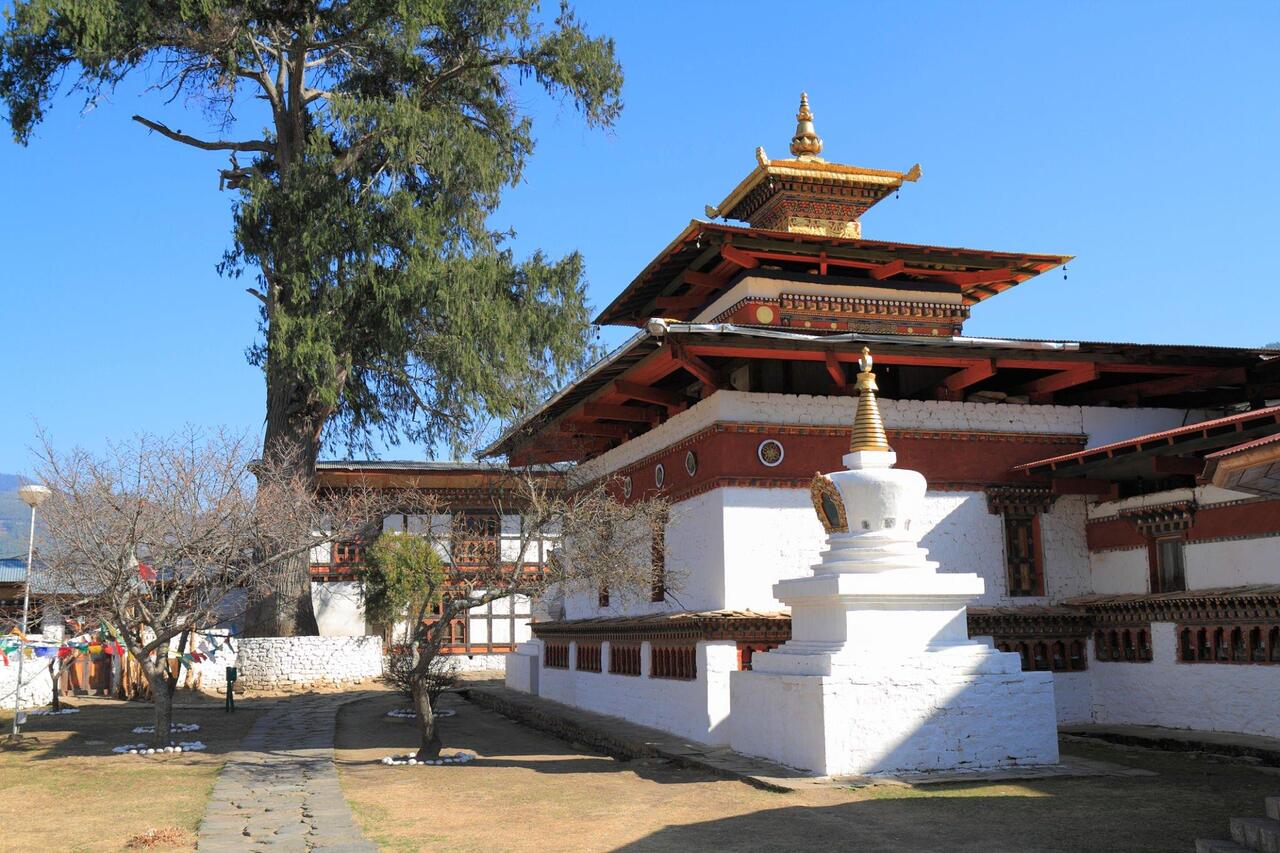
Kyichu Lhakhang, Paro
Kyichu Lhakhang
One of Bhutan’s most revered and historic monasteries is Kyichu Lhakhang. To restrict the left foot of the devil who was persistently obstructing the growth of Buddhism in Tibet, King Songsten Gampo of Tibet built the monastery in 659 AD. Out of the 108 monasteries created overnight throughout Tibet and the territories to capture the demon, Kyichu Lhakhang is supposed to be one of the principal 12 monasteries. Two miraculous orange trees inside the temple are claimed to give fruit all year round, and the place offers a serene atmosphere.
Some Other Images From Paro, Bhutan
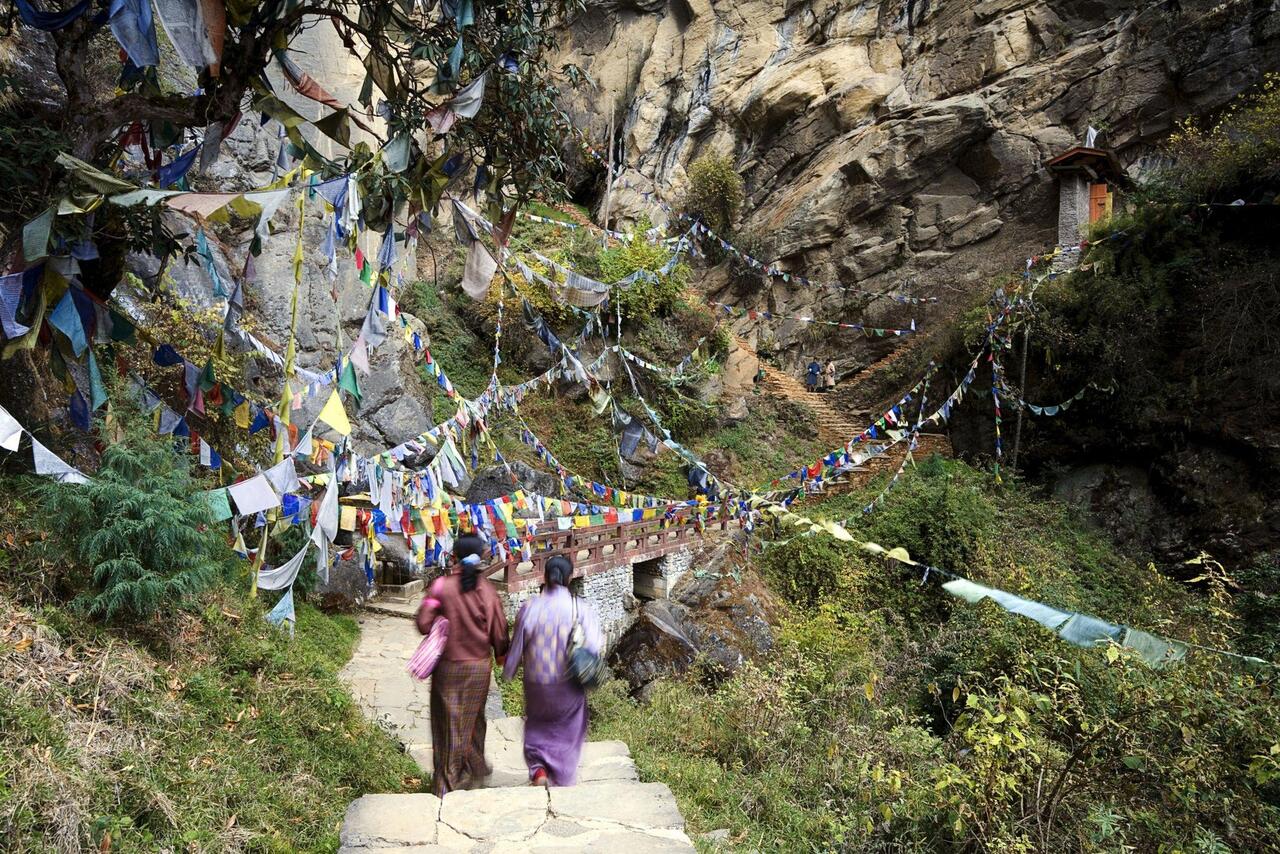
Towards the end of the trail to the Tiger’s Nest it descends slightly before the final steps lead up to the Taktsang Palphug Monastery perching on the steep cliffside overlooking the Paro Valley
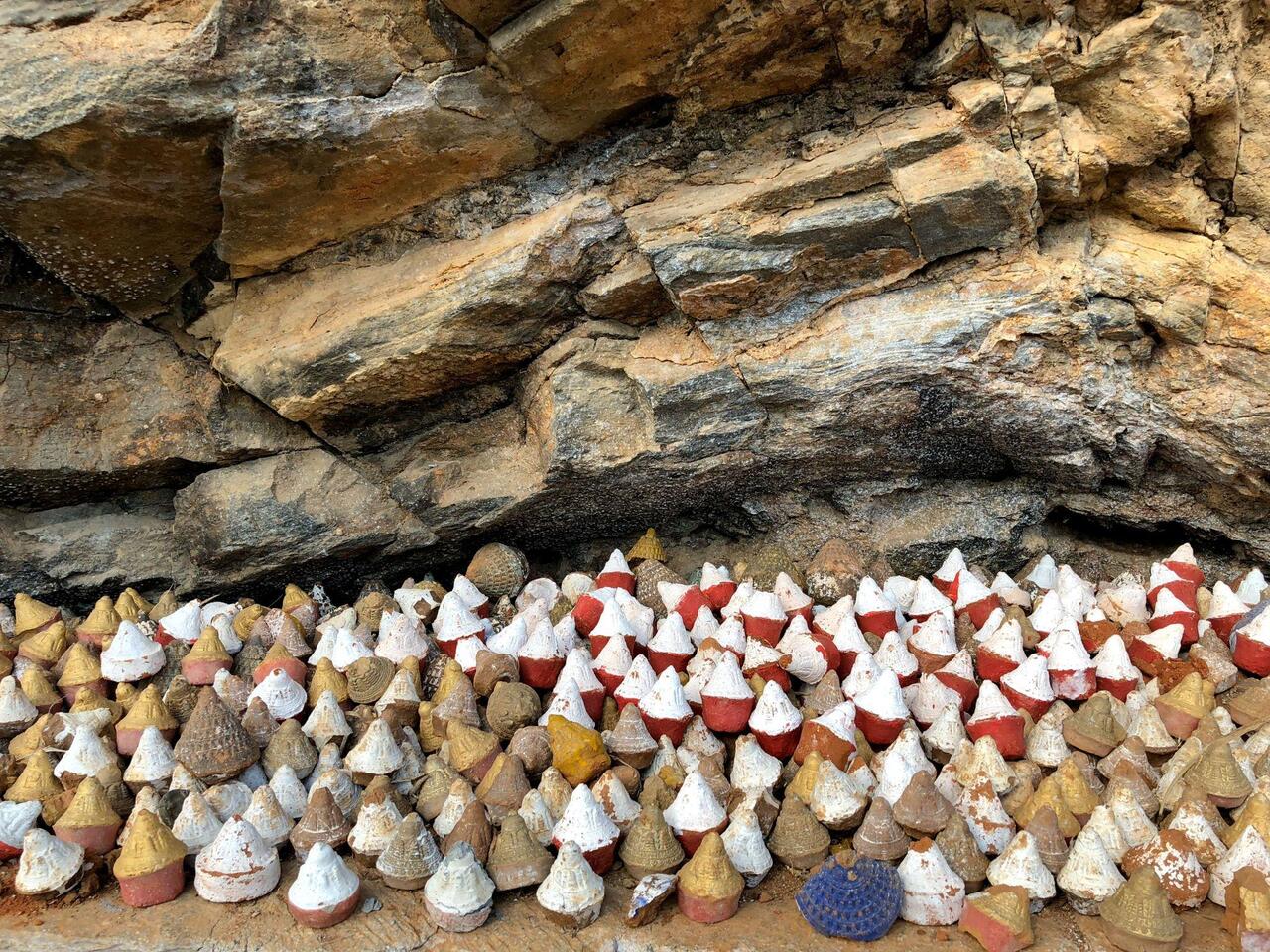
A collection of tsa tsas near a holy site in Bhutan. These conical symbols are made from clay and sometimes the ashes collected from the cremation pyre of a diseased family member. They are supposed to bring positive energy to the living and the dead
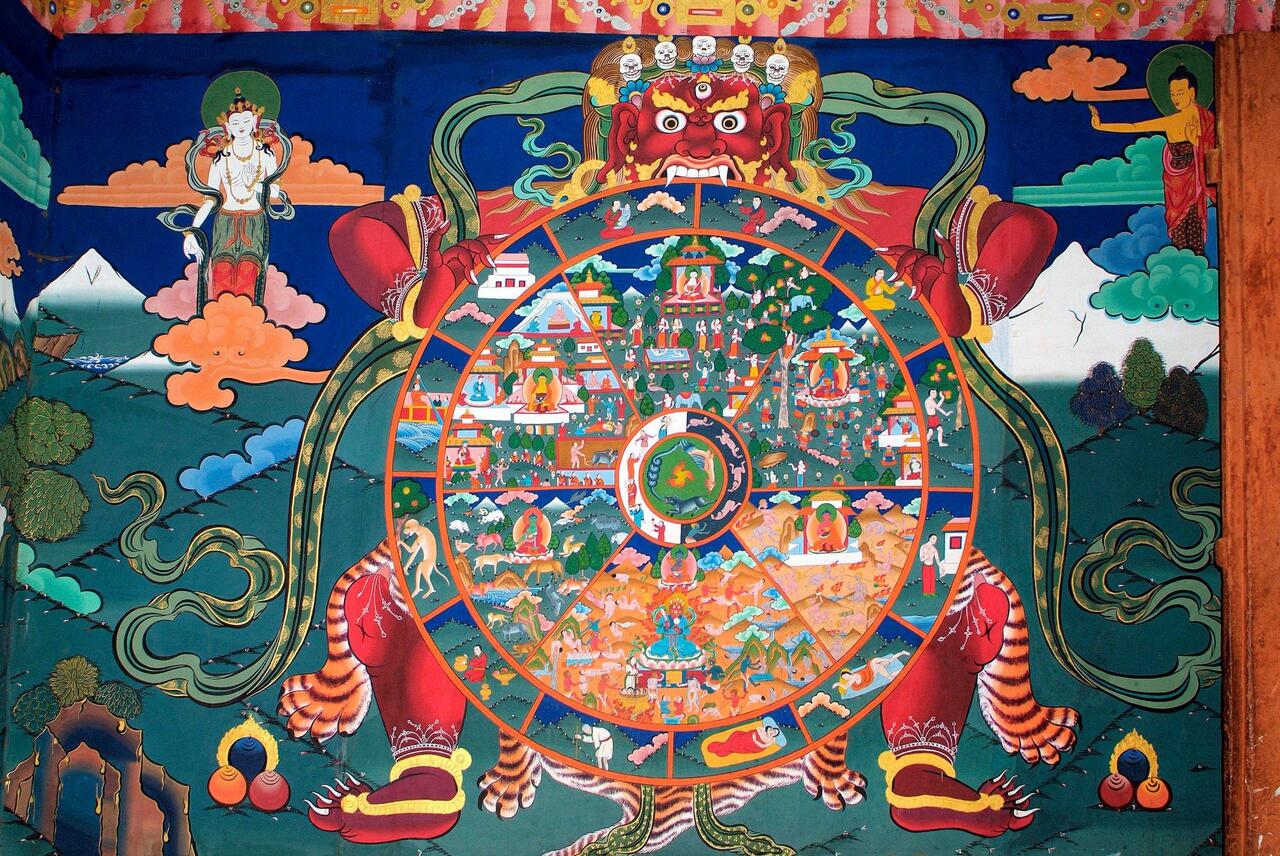
Religious paintings cover the walls and ceilings of the Paro Monastery, Bhutan
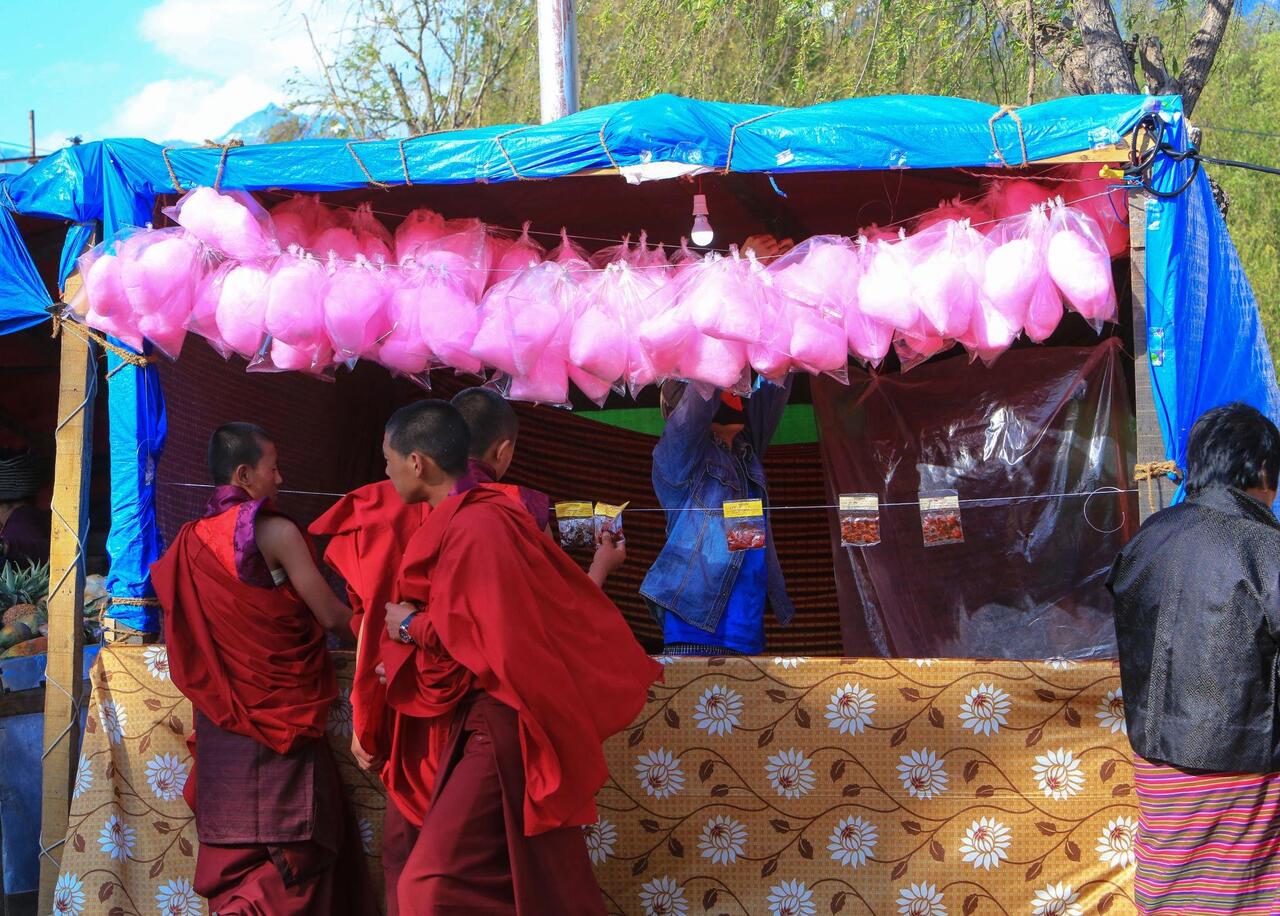
1 Buddhist monks buy pink cotton candy from a stall in Paro, Bhutan. Around 300 monks reside in the Paro Monastery
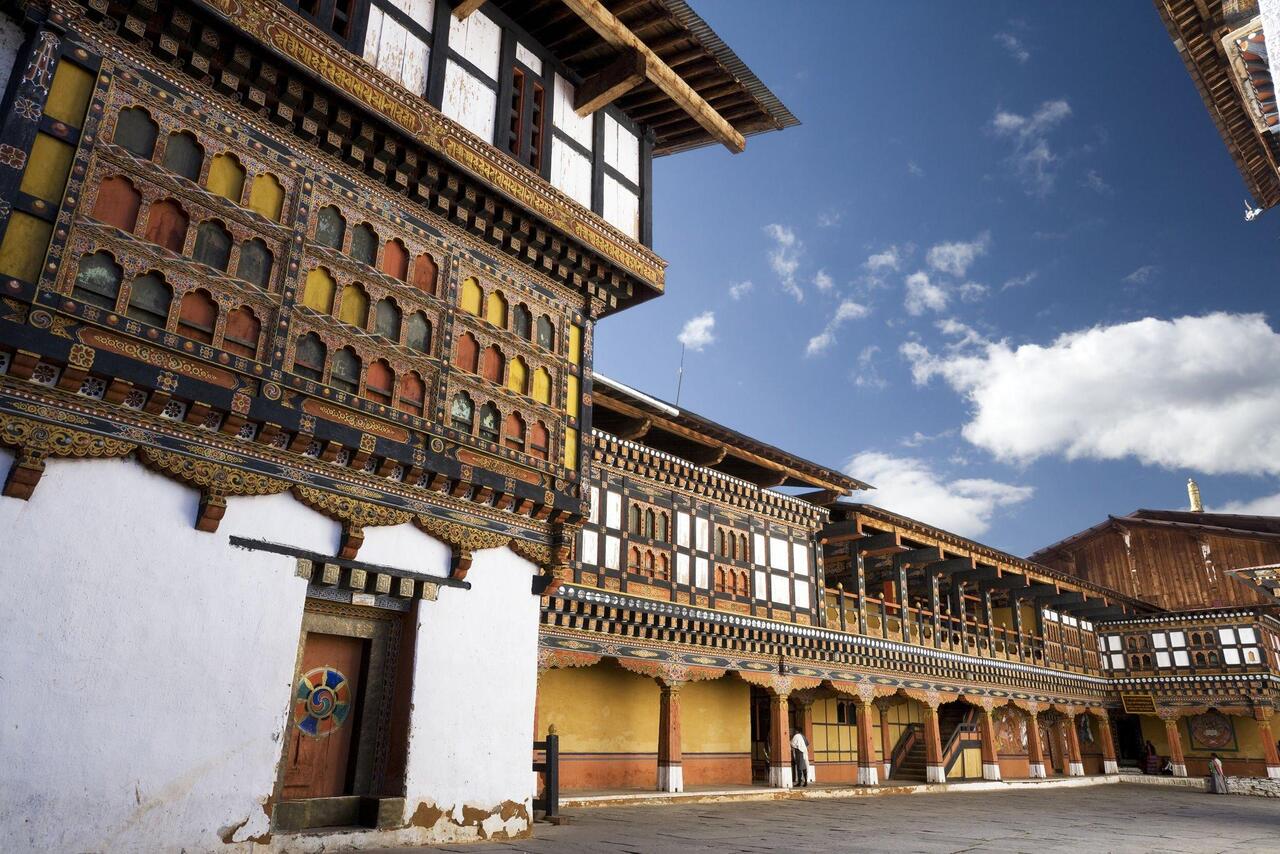
Inside the Paro Dzong. This fort monastery ranks as a high point of Bhutanese architecture
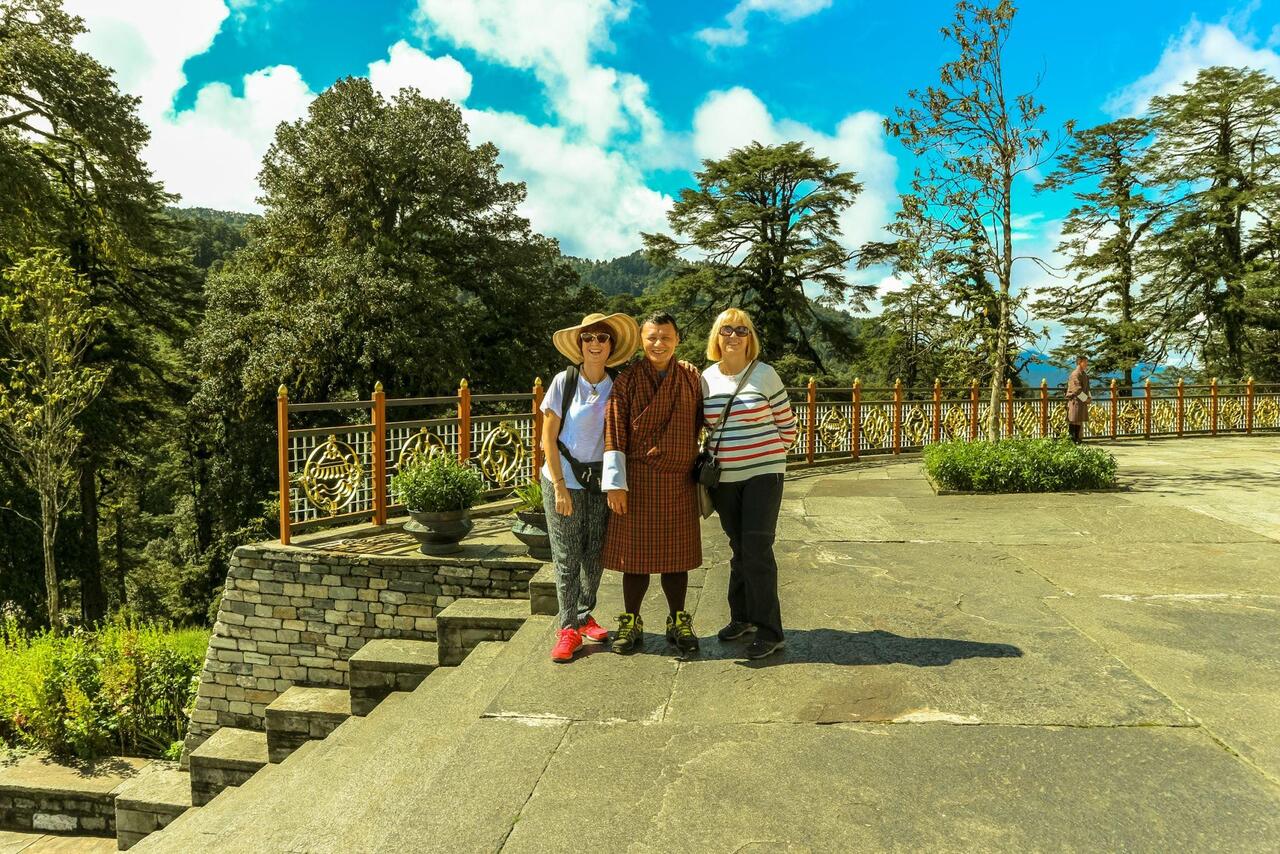
Foreign tourists pose with a Bhutanese gentleman in traditional clothes at the Druk Wangyal Lhakhang Temple at the Dochula Pass, Bhutan
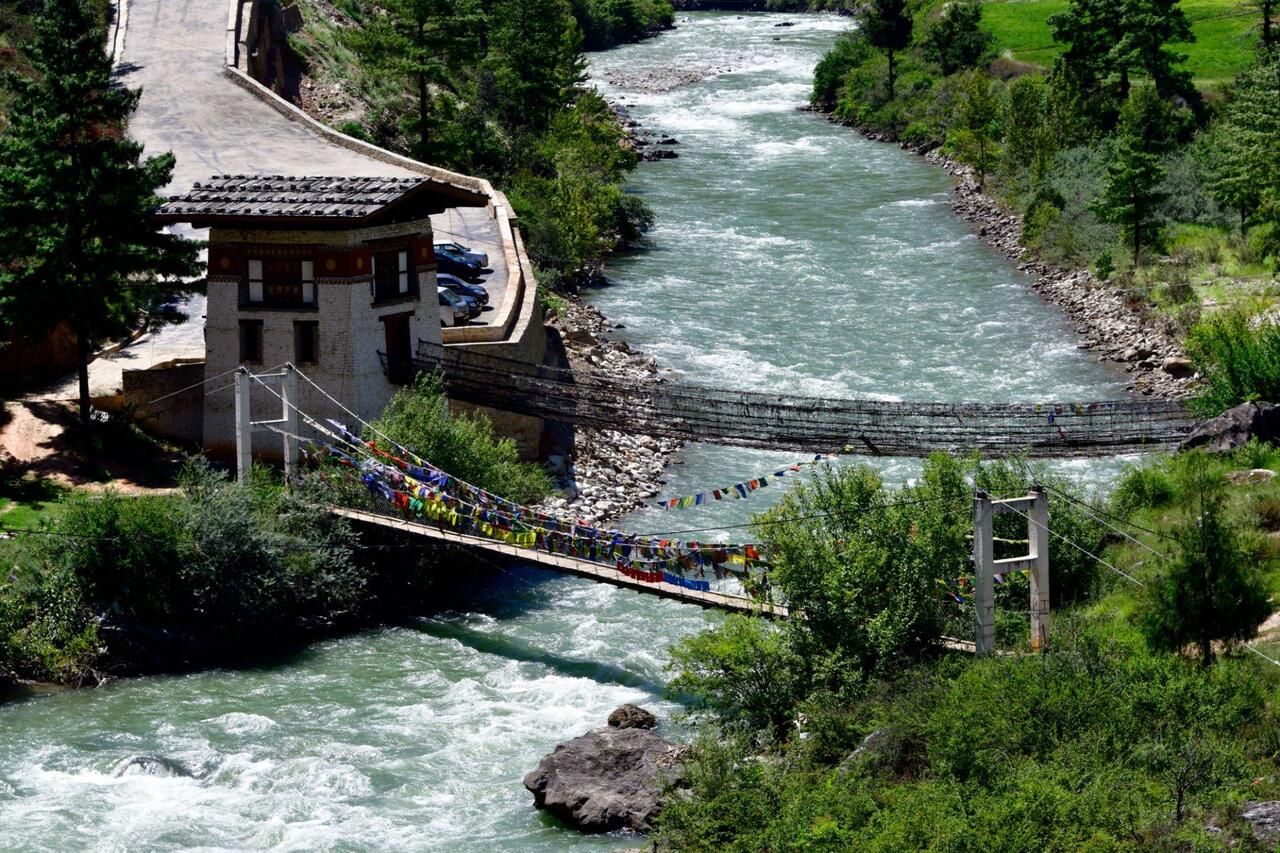
The old iron chain bridge and its modern counterpart provide access to the tiny Tachog Lhakhang Temple near the road between Paro and Thimphu. In his youth, when the Tibetan yogi, physician and pioneering civil engineer saw people drowning while trying to cross the river, he decided to build a bridge. Thus he became the Iron Bridge Builder and continued to construct many more bridges all over the kingdom
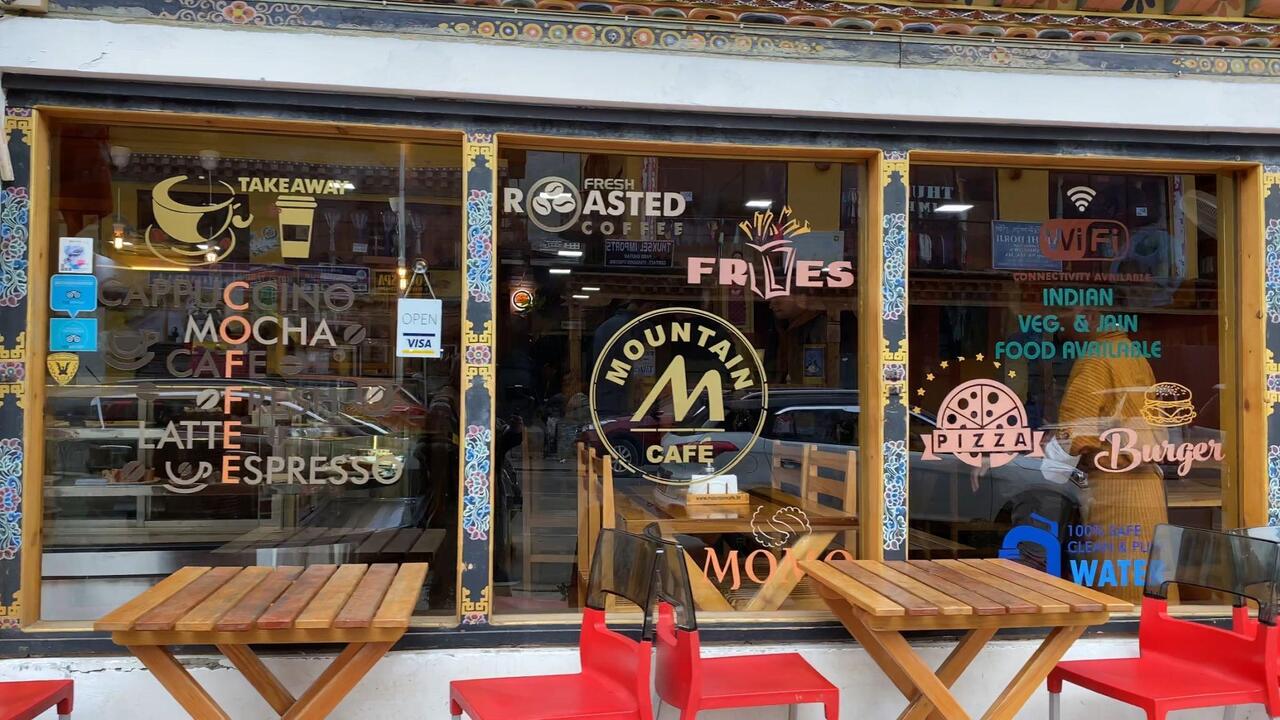
One of many coffee shops that occupy the beautiful old traditional buildings in Paro’s city center
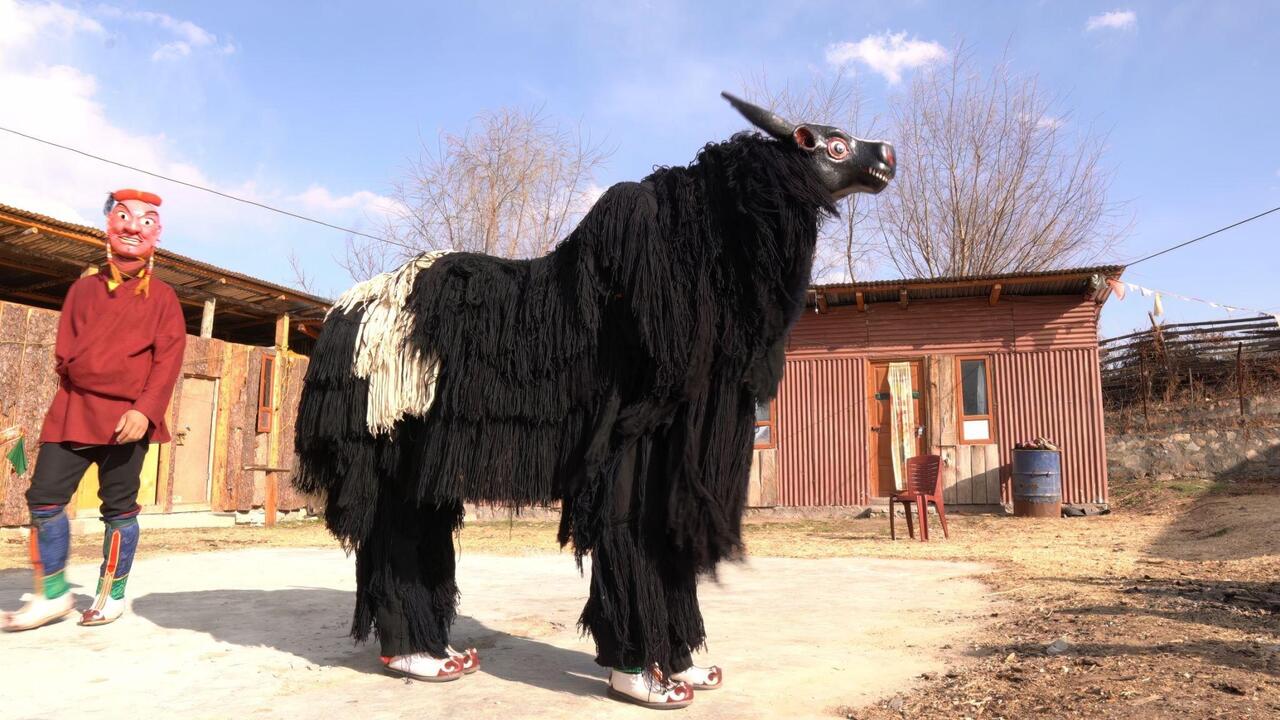
A small group of artists perform a traditional dance, with a large puppet animal part of the show. The picture was taken in an entertainment area in Paro, Bhutan
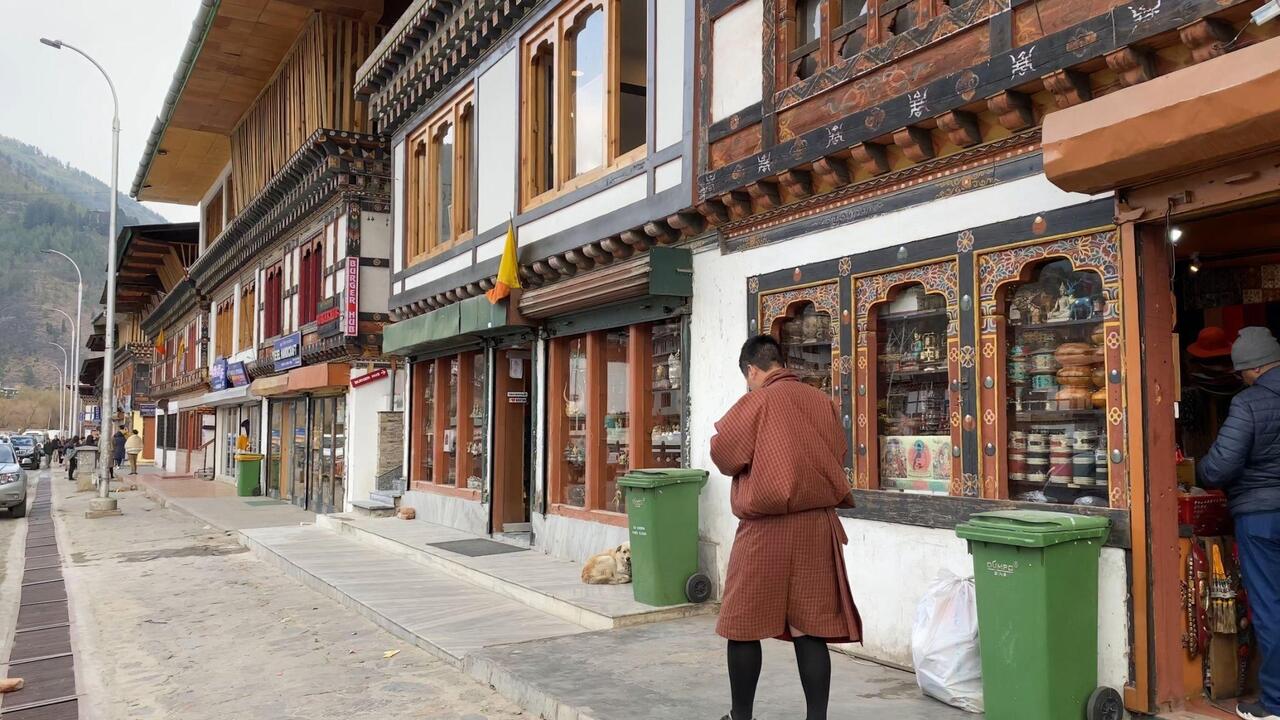
A down town street lined with traditional Bhutanese buildings that now house businesses, restaurants and cafes
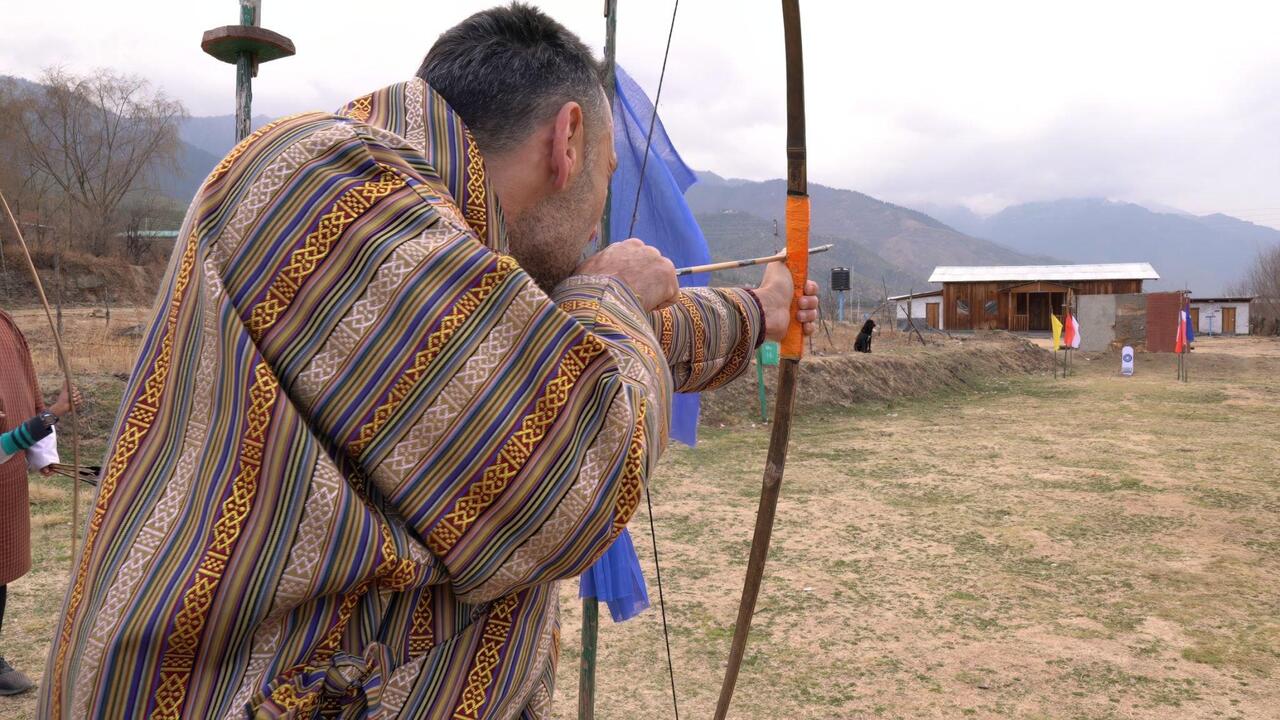
A tourist tries his hand at archery, Bhutan’s national sport. In earlier times it was used as a weapon, and bows and arrows feature in many ancient paintings
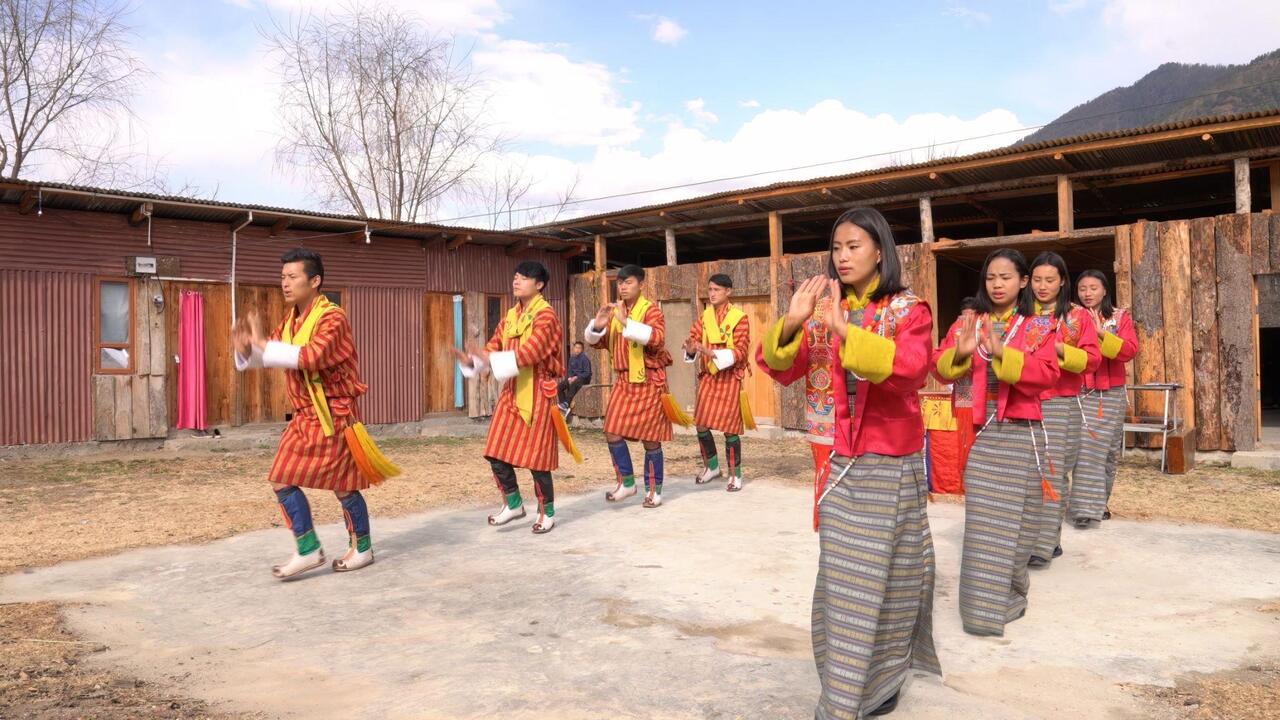
A group of young men and women perform traditional folk dances accompanied by Bhutanese music in Paro’s entertainment area
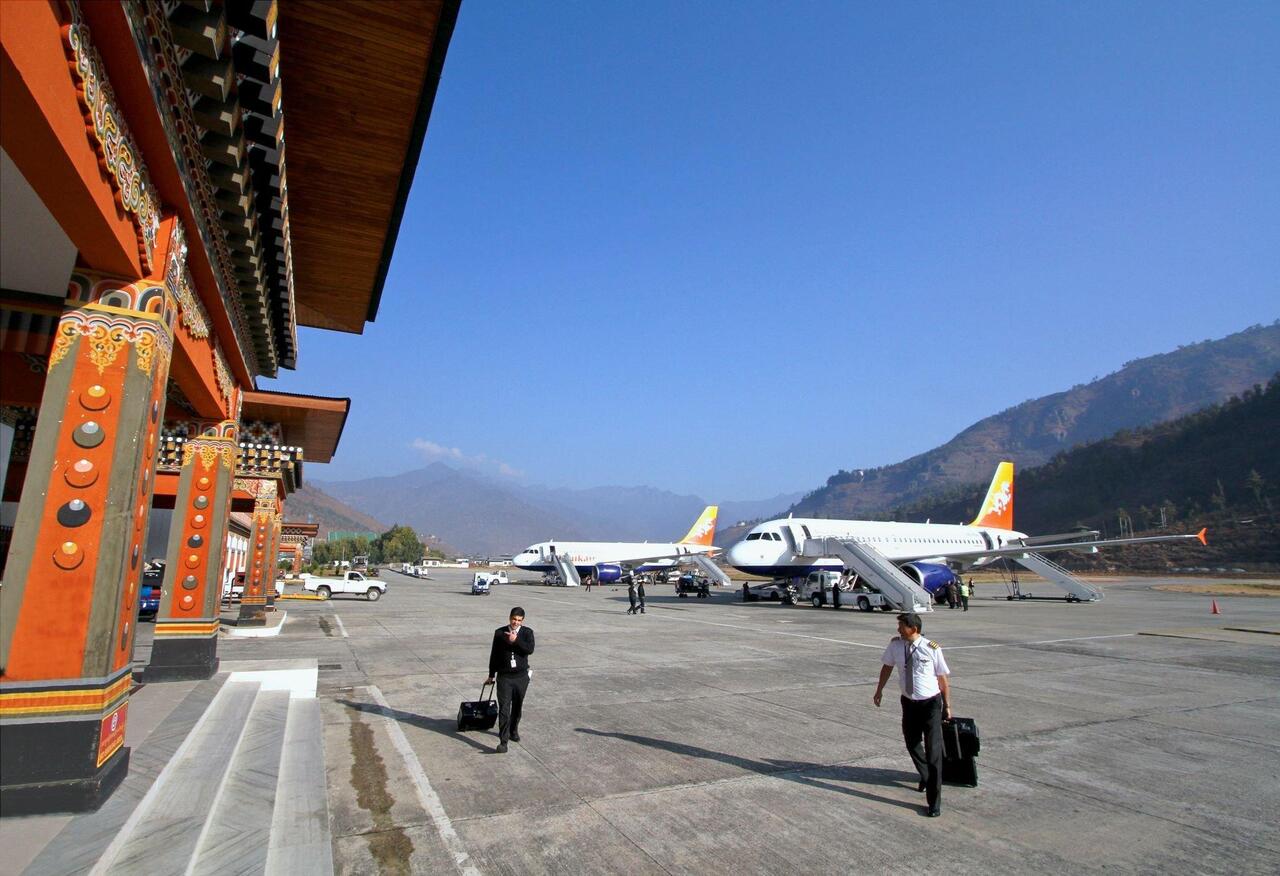
Two pilots of Drukair walk across the tarmac after landing at Paro International Airport, Bhutan. Less than two dozen pilots are qualified to land at this airport due to the surrounding high mountains which makes it a perilous exercise
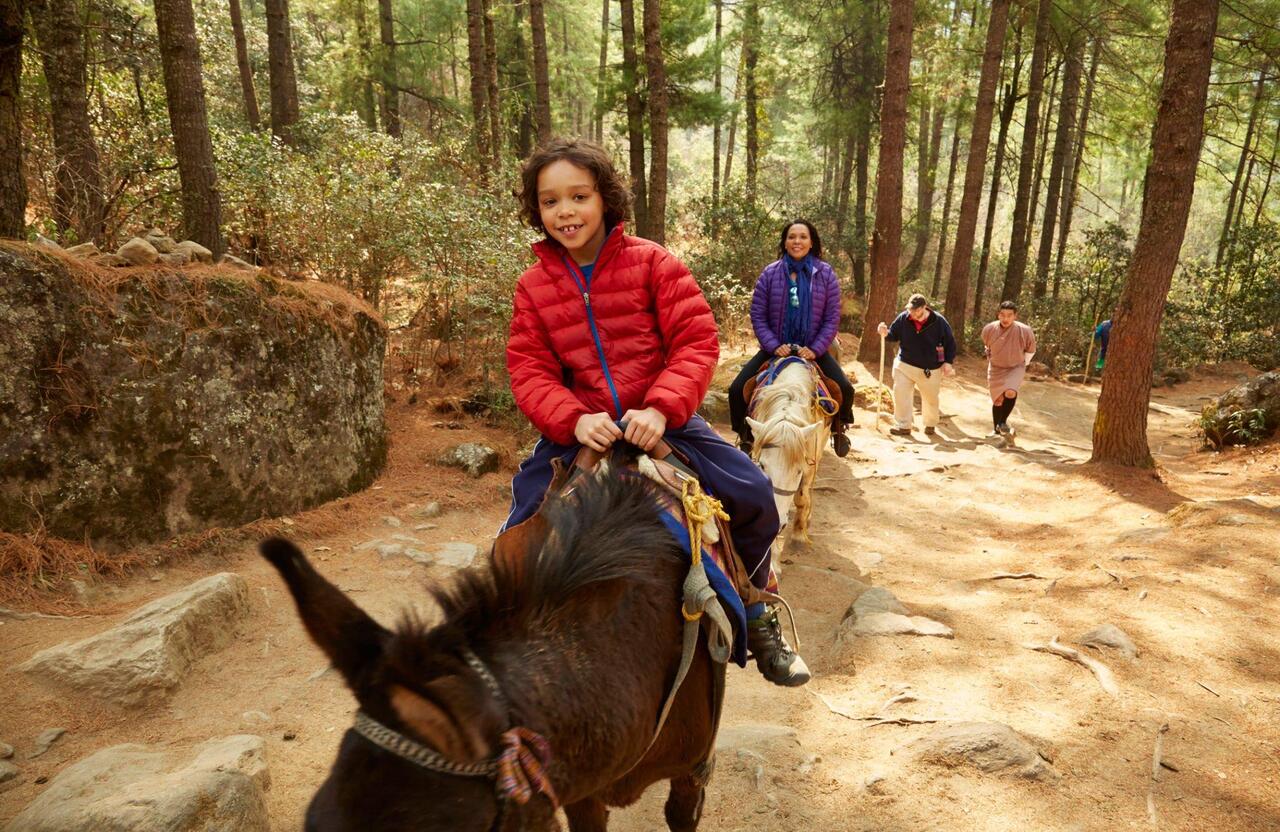
Some people prefer to make use of a horse for the steep trail up to the Tiger’s Nest in the Paro Valley. The hike on foot takes between two and three hours, depending on your level of fitness
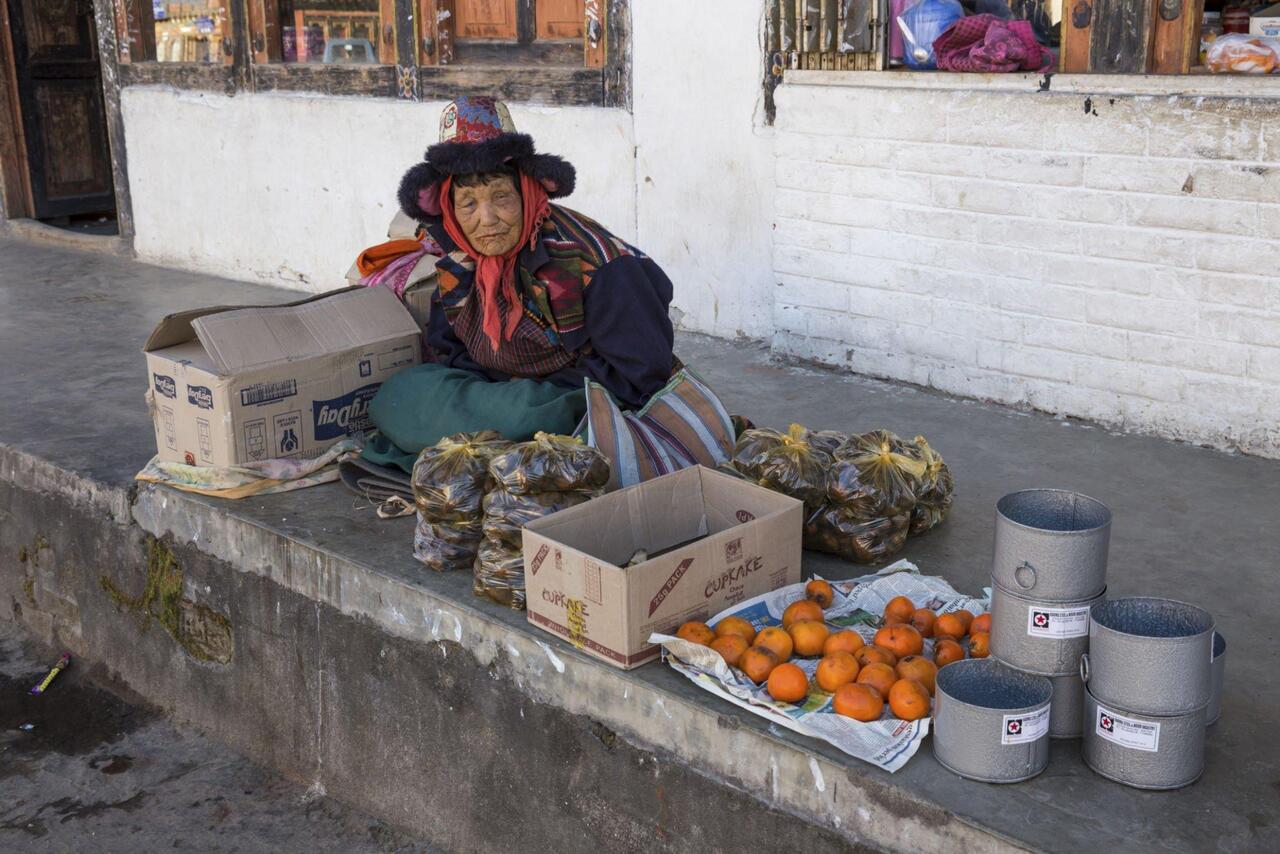
An elderly woman sits on a city street, selling food and other items to passersby, Bhutan
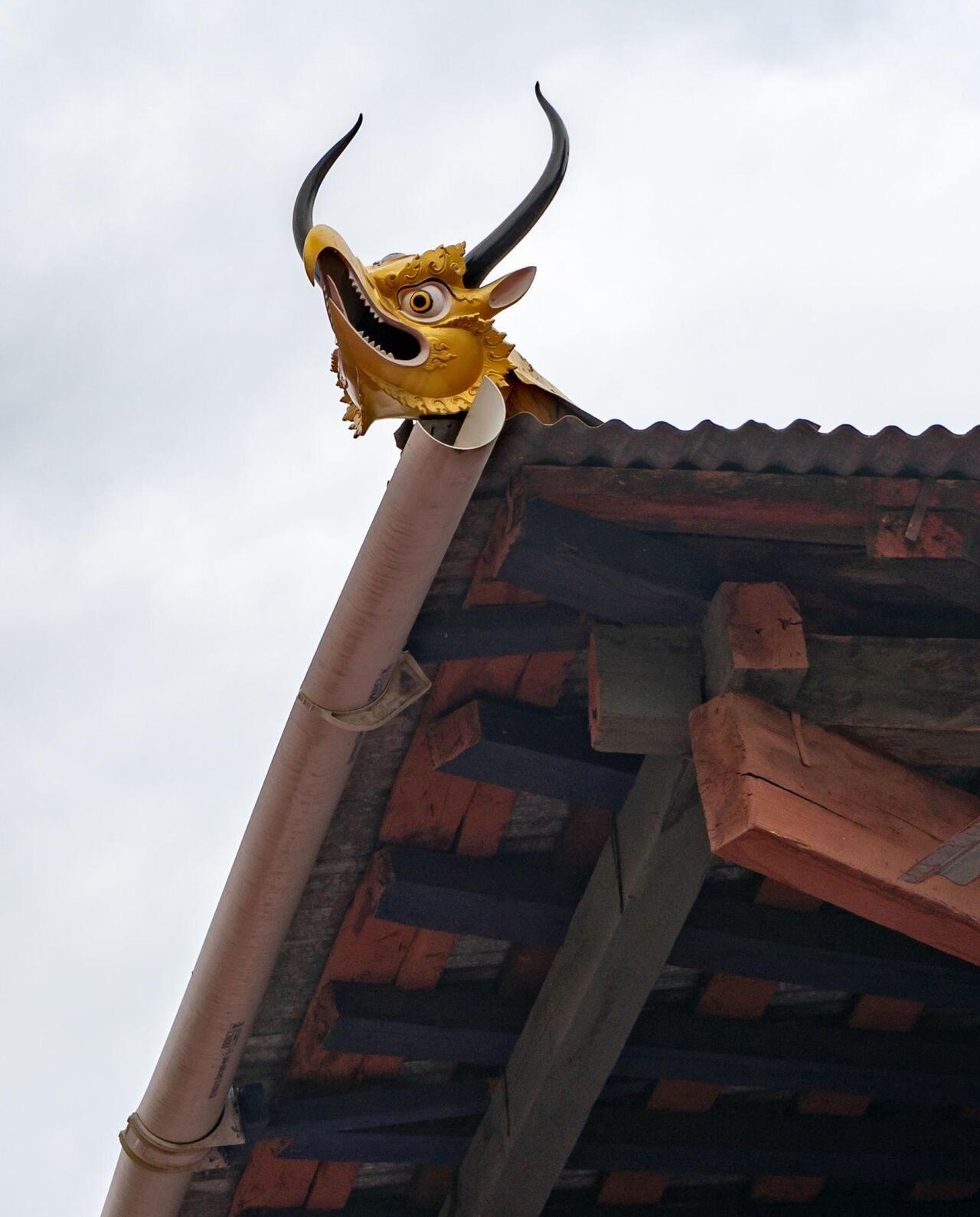
Detail of the corner of a roof beautifully decorated with the head of a mythical animal at the small private Tamchog Lhakhang Temple on the Paro River, Bhutan
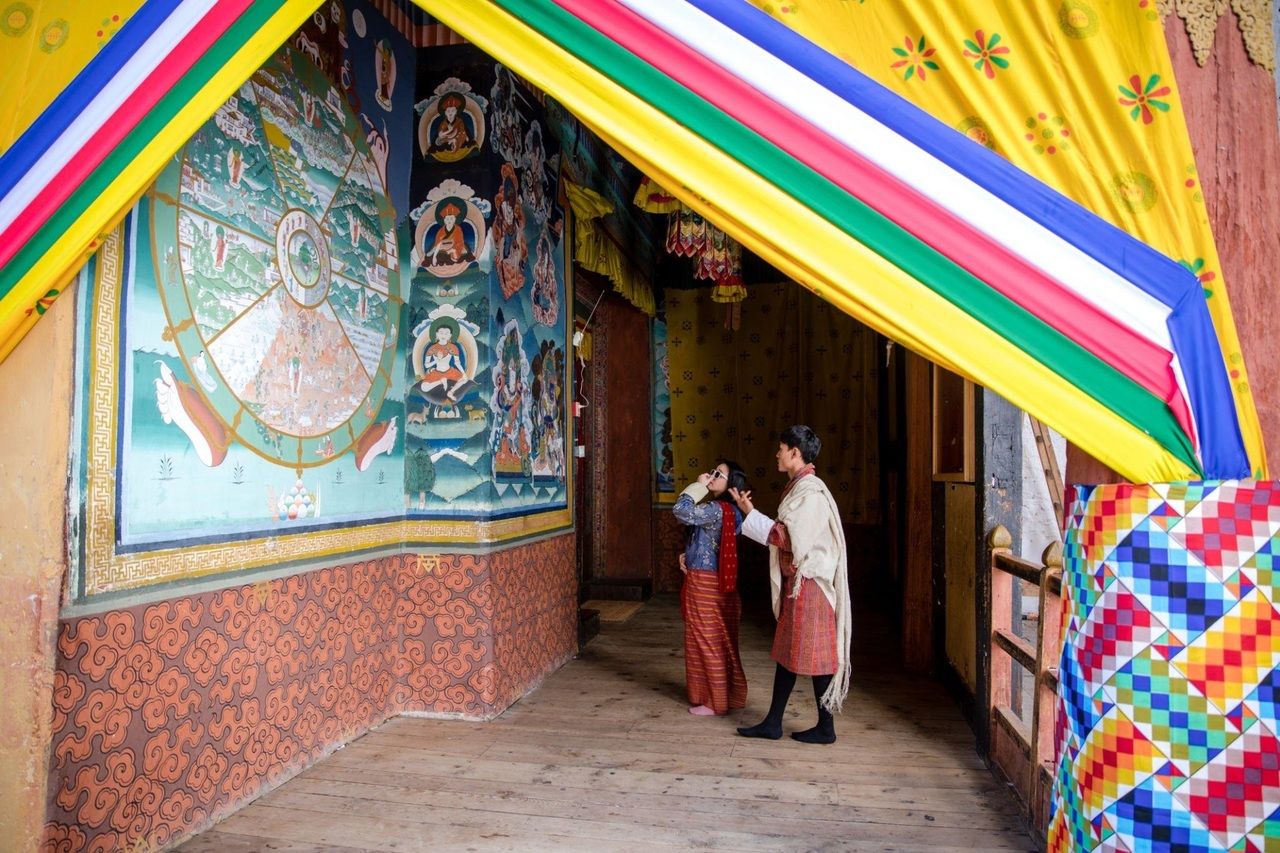
A visitor and her guide admire the paintings on a temple wall in Paro. The woman wears a traditional Kira, a floor-length cloth wrapped around the body over a wonju or shirt. Men wear a Gho, a kimono-like knee-length cloth which is held in place by a handwoven Kera, or belt
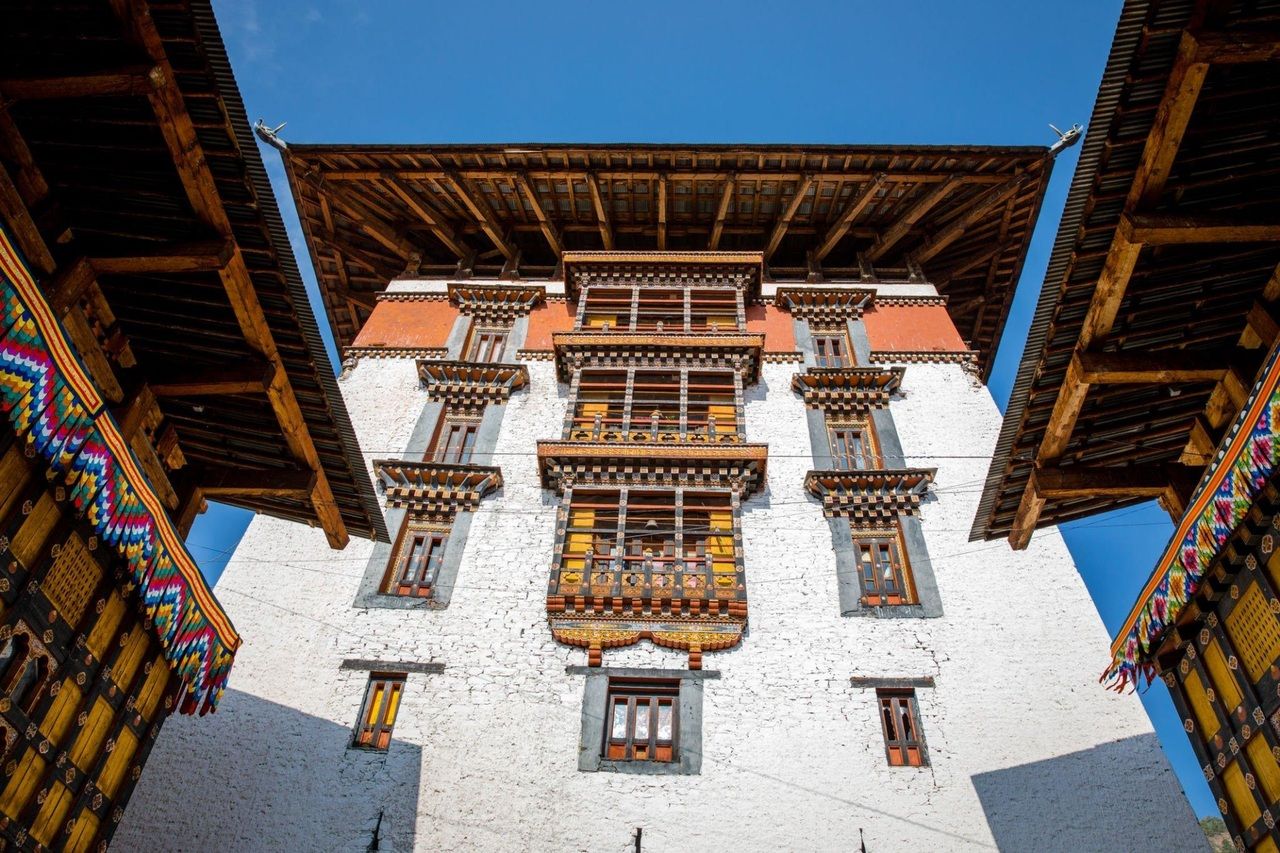
View from one of the courtyards in the Paro Dzong, a star example of traditional Bhutanese architecture. This huge Buddhist monastery and fortress houses various courtyards, government administrative offices and fourteen shrines and temples, all protected by imposing walls
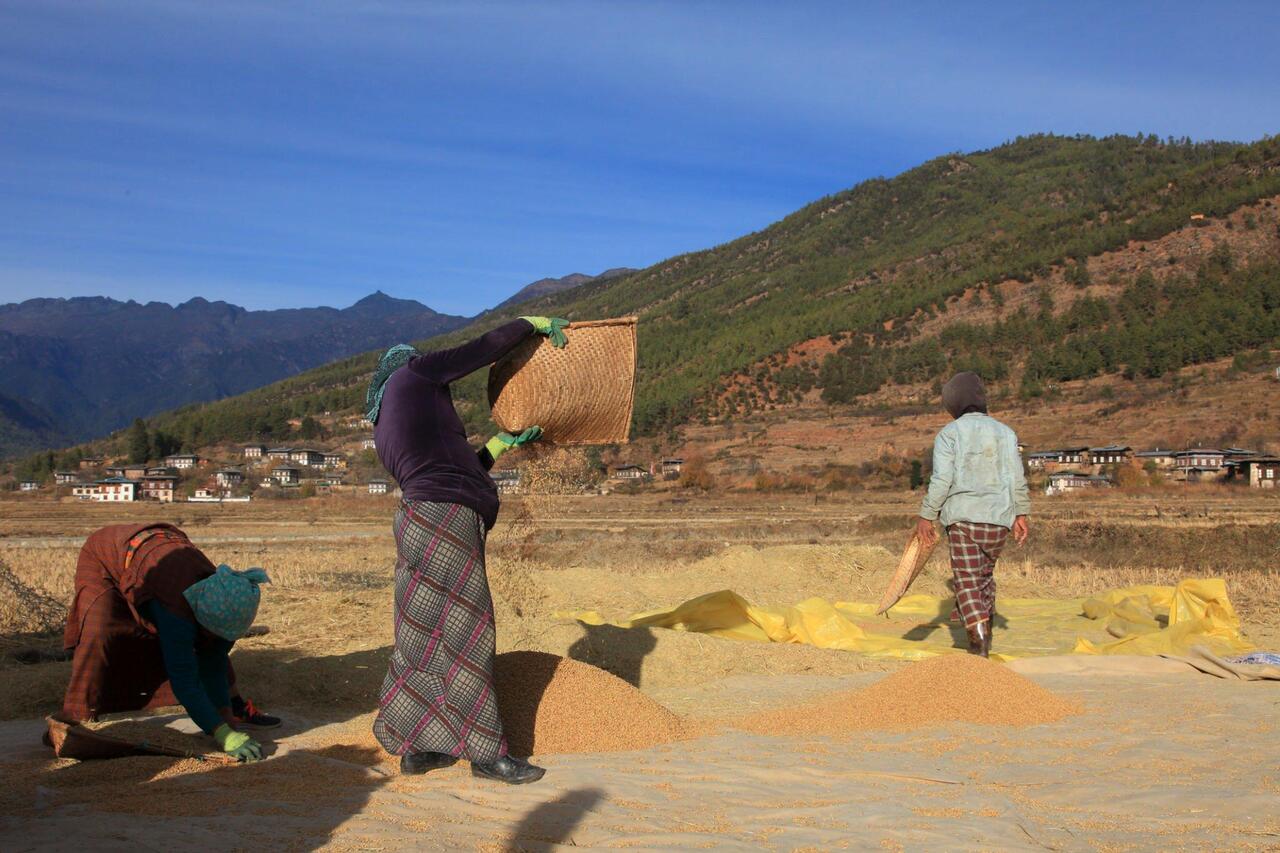
Rural women clean the rice harvest of chaff by tossing it into the air. Around 80% of the Bhutan population is engaged in agriculture and the cultivation of rice in the fertile valleys plays a large part in the production of food
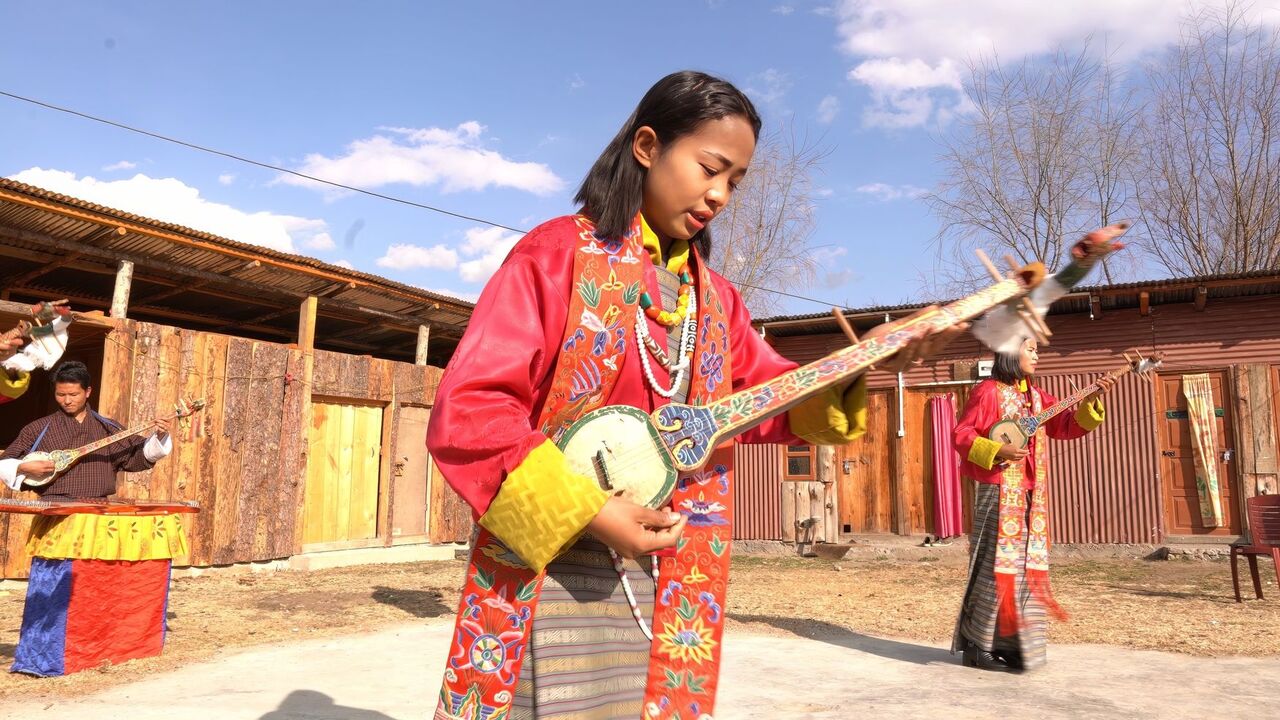
Young musicians perform during a traditional Bhutanese dance show in Paro, Bhutan. With music and dance, religious stories are told and those present are believed to be cleansed of their sins © Alp Galip
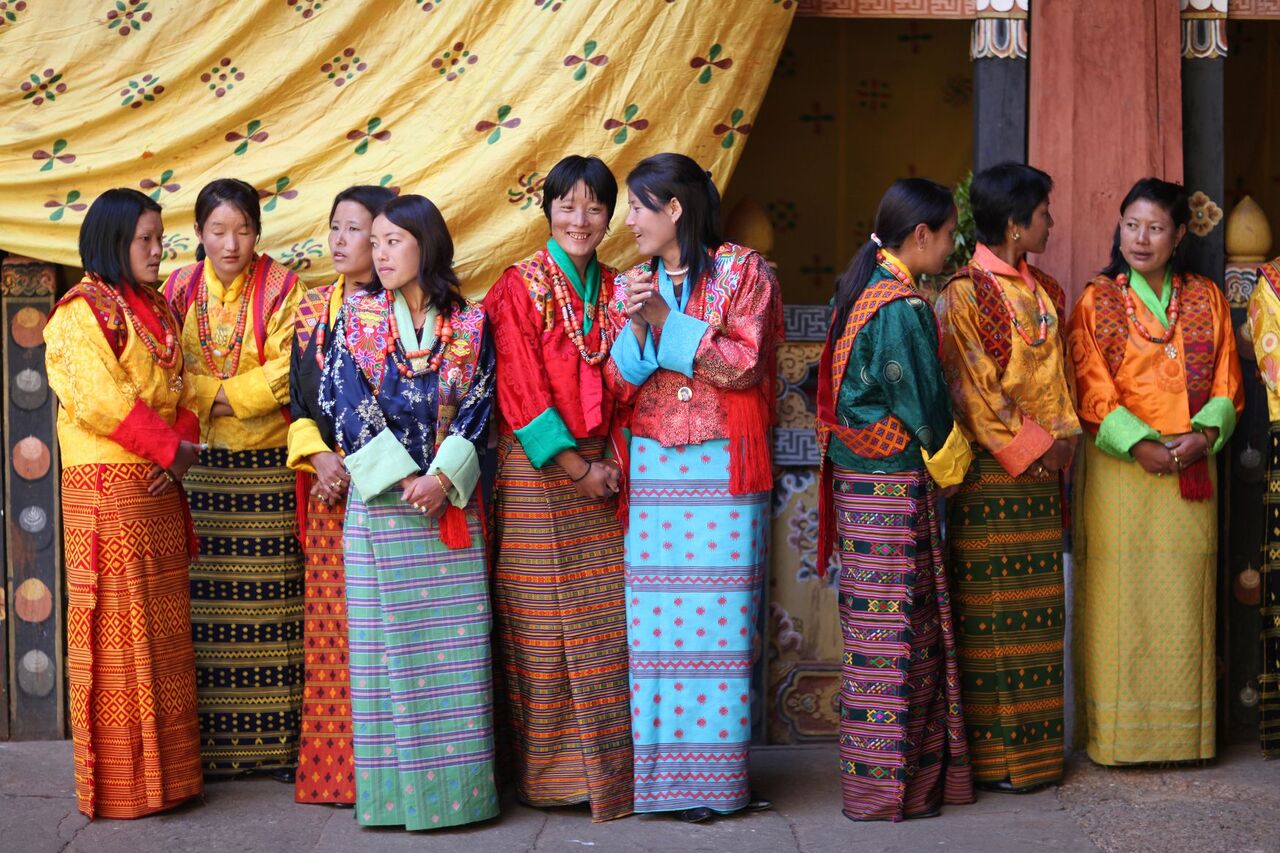
Women in colorful traditional dresses await their performance during the Tshechu festival in Paro, Bhutan. This mask dance festival is the most important religious festival in the Kingdom of Bhutan © Feije Riemersma
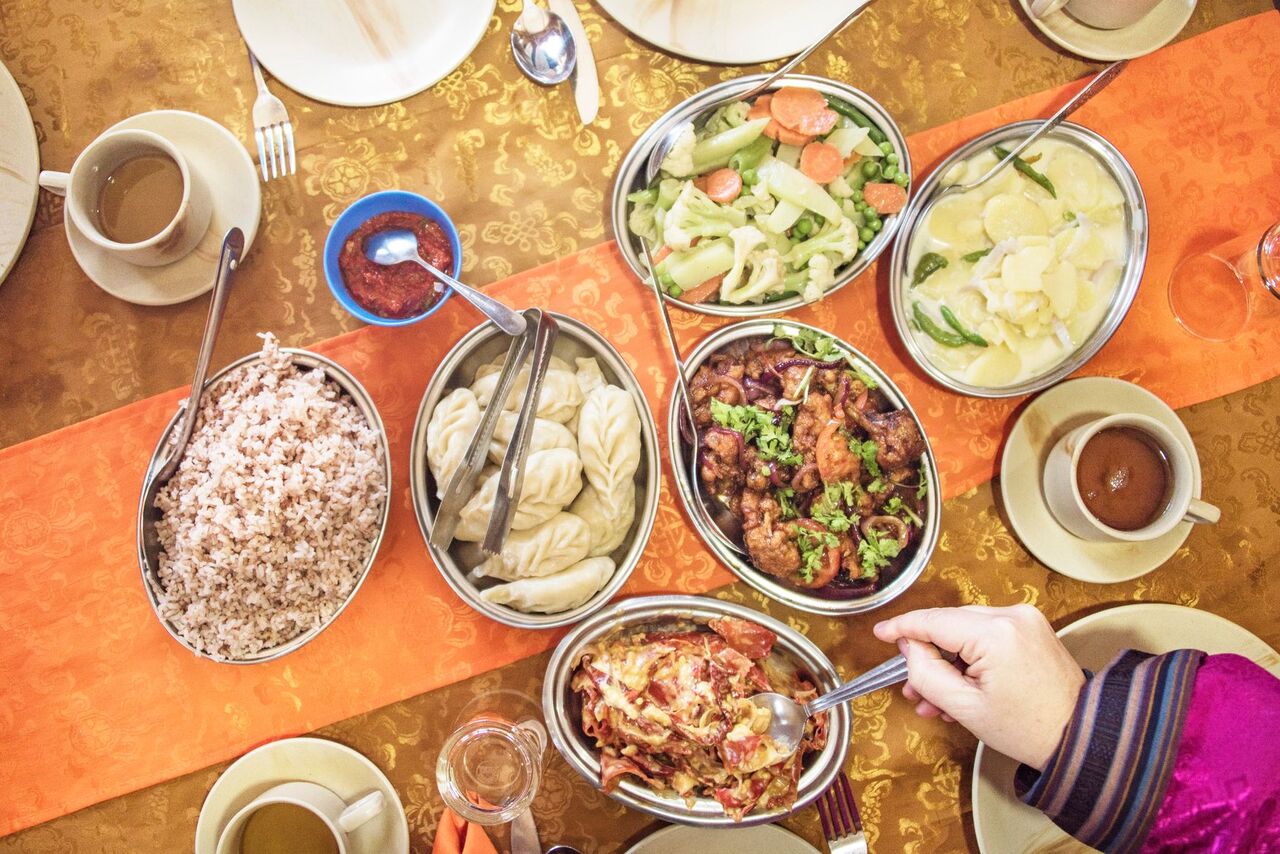
A typical Bhutanese meal consisting of various dishes including red rice, cheese potatoes, vegetables, chicken and chili. One of the rarest rice varieties in the world, red rice is grown in the fertile valleys of Bhutan © Mesa Studios
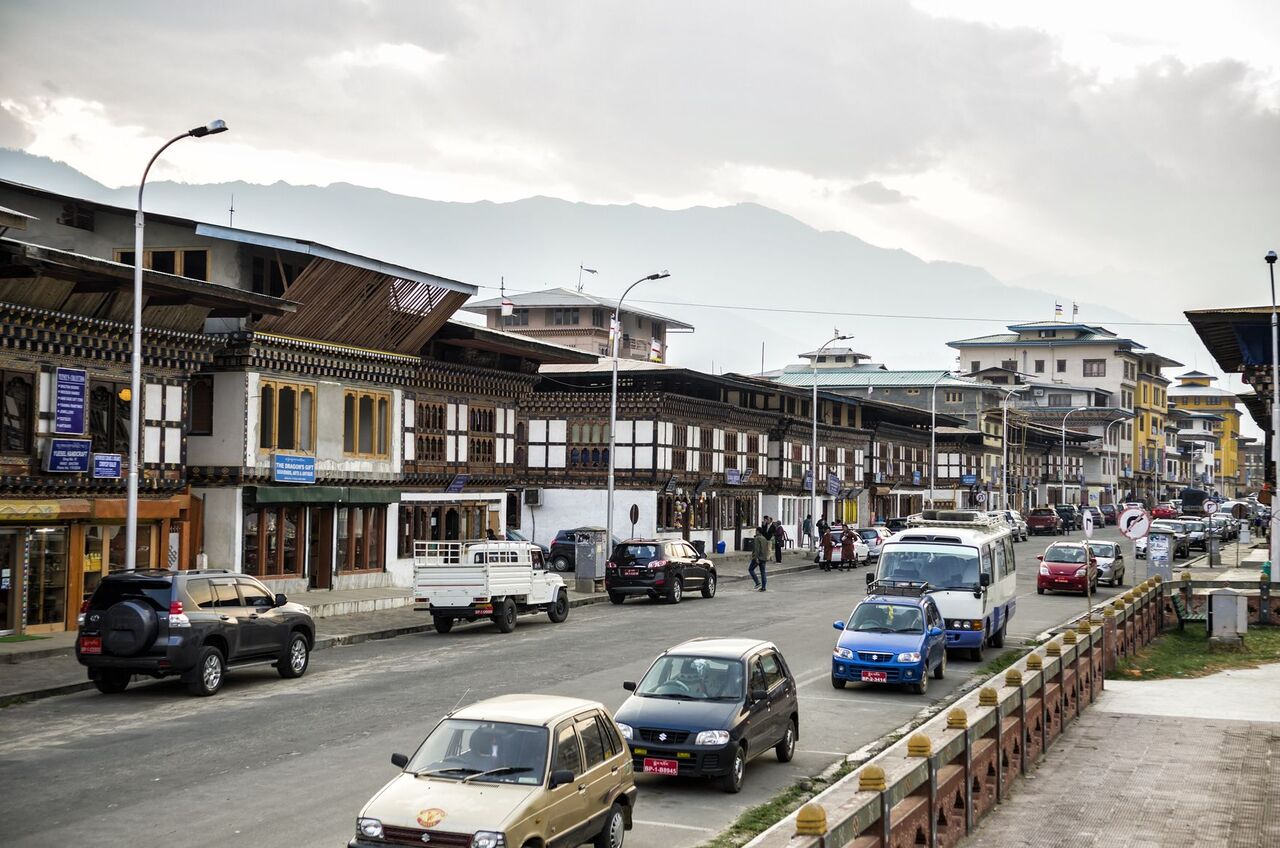
The valley town of Paro in Bhutan is a historic town with many traditional style buildings housing restaurants, offices and shops, particularly on the main street. There are also numerous sacred dzongs and other sights that interest travelers to admire © Lcchew
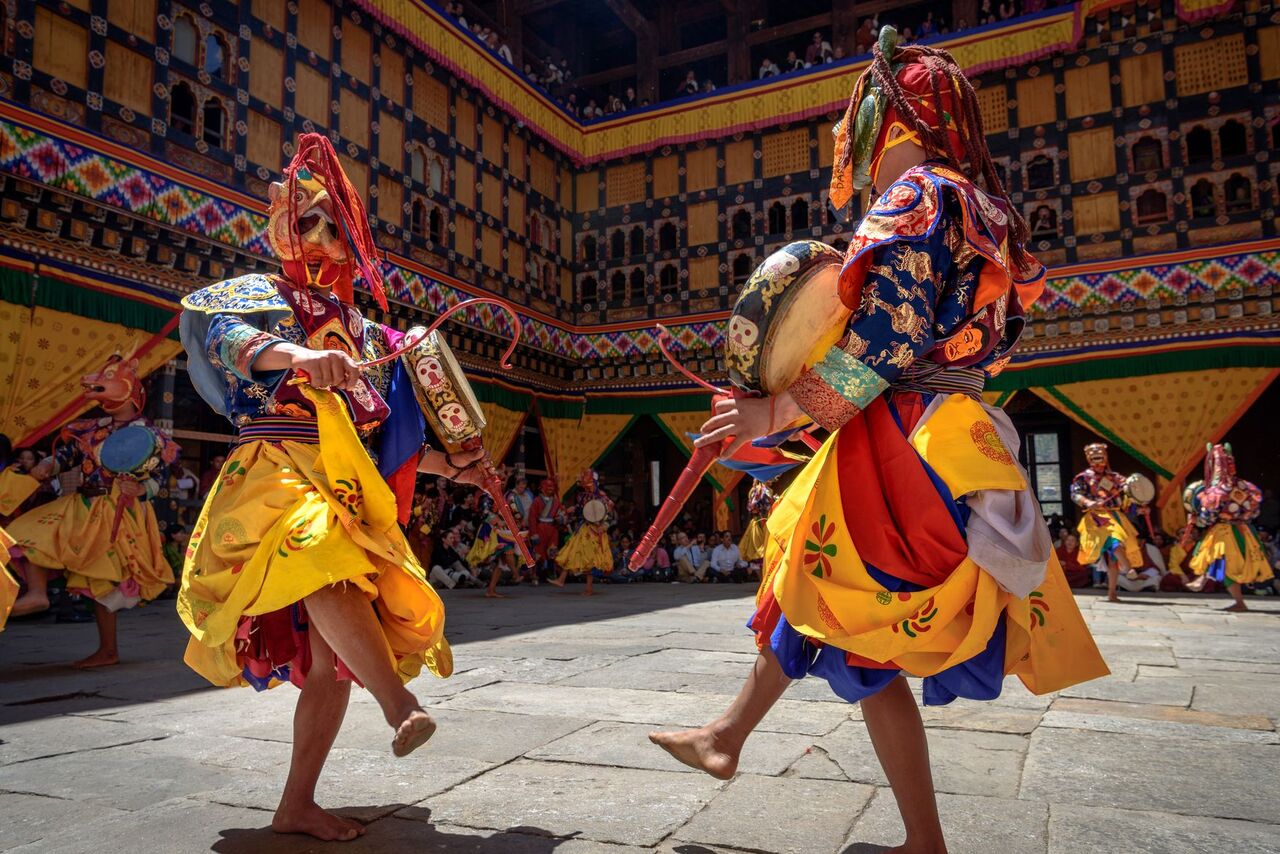
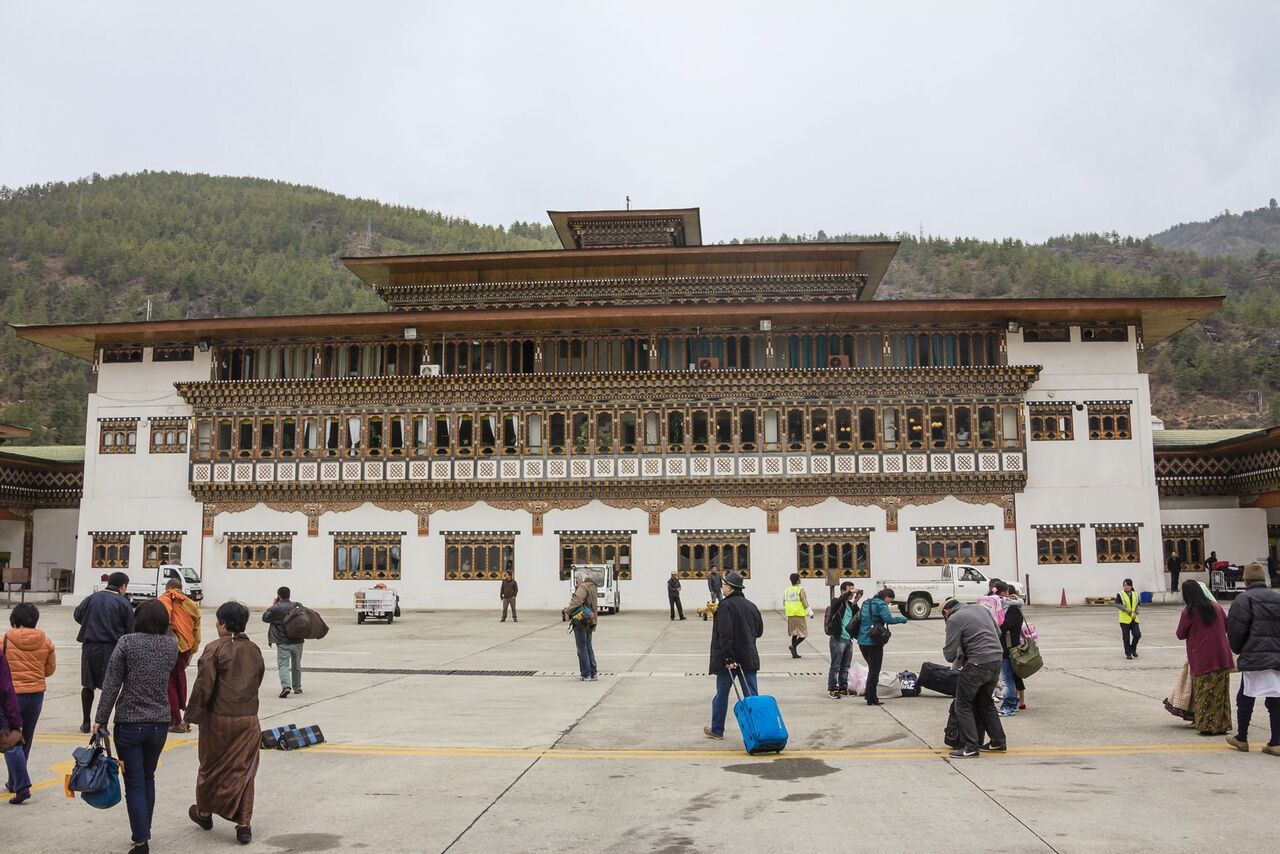
Paros International Airport was built in the distinctive traditional Bhutanese style, with intricate woodwork on the roofs and windows © Anandoart
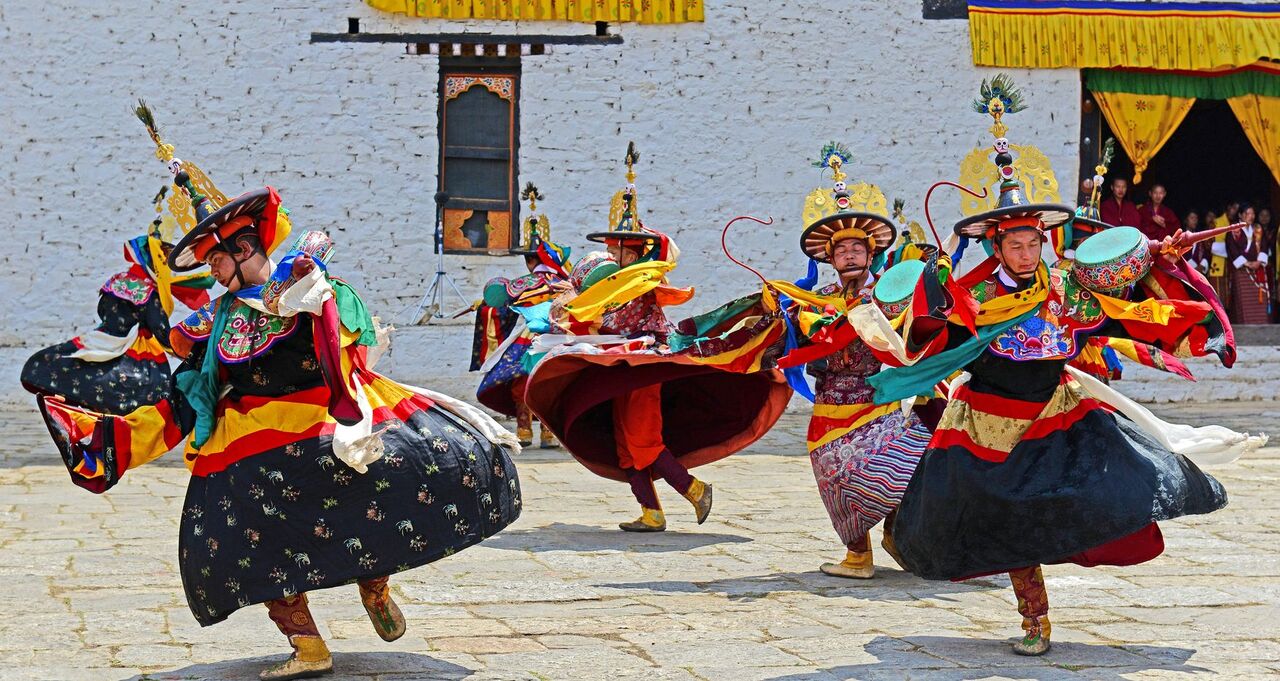
Monks perform religious dances during the popular Paro Tsechu festival in Bhutan, the land of the Thunder Dragon. The celebrations take place at the Paro Dzong, one of the most impressive showcases of Bhutanese architecture © Samrat35
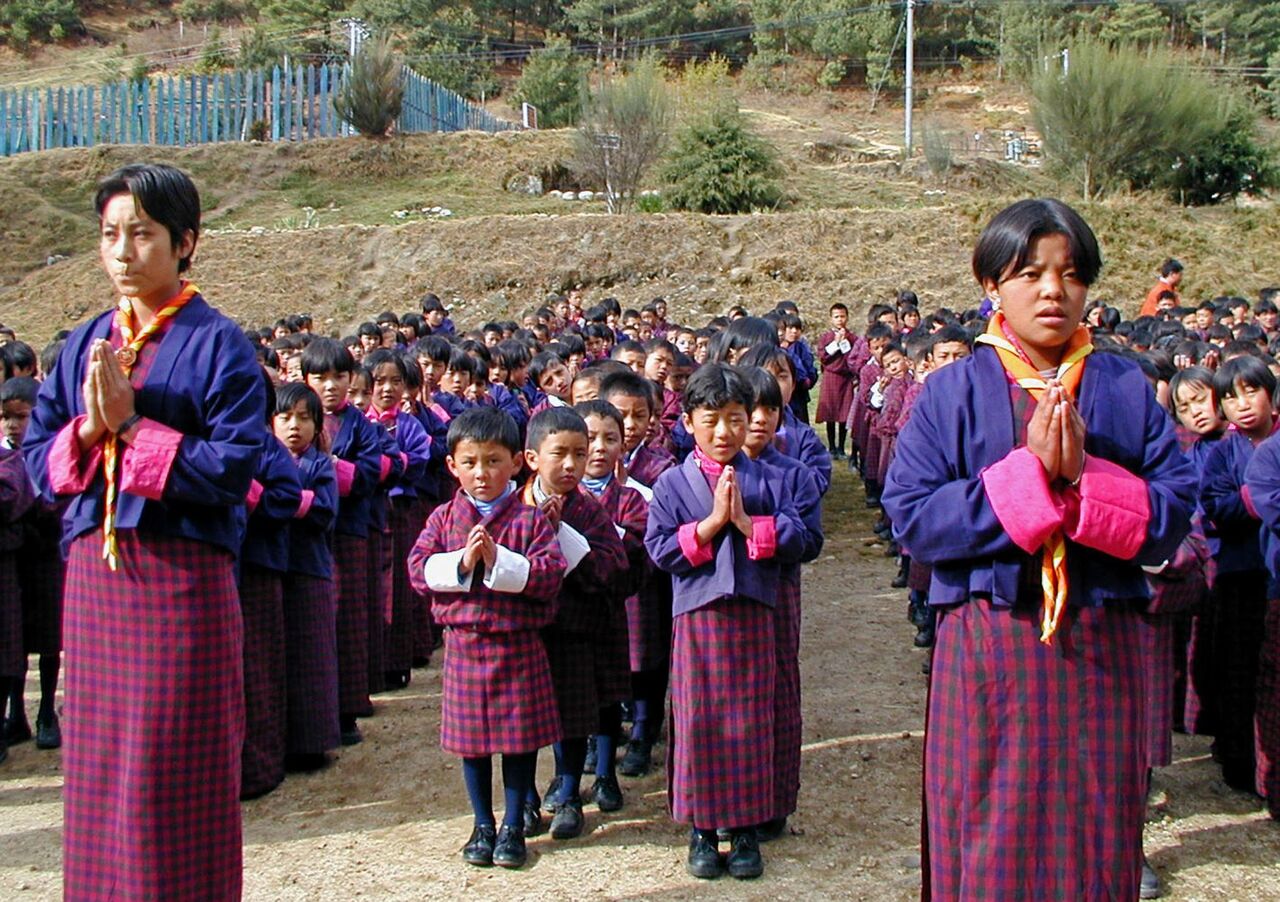
School children and their teachers gather for morning prayers in Bhutan. They all wear traditional Bhutanese clothing © Beat Germann

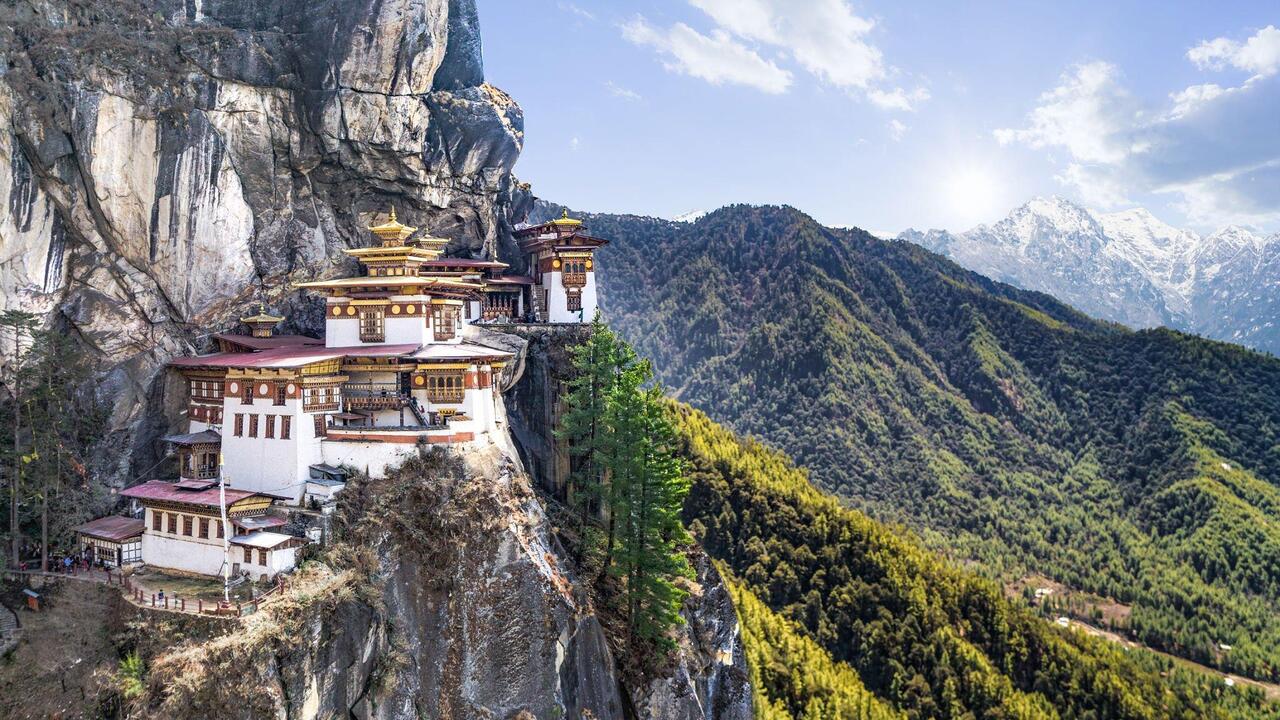
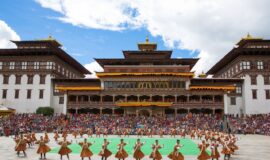
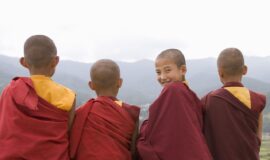
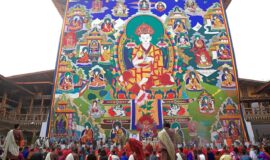
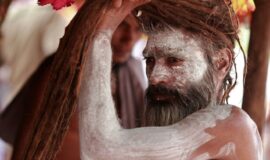
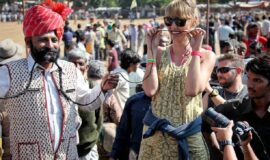
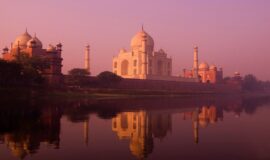
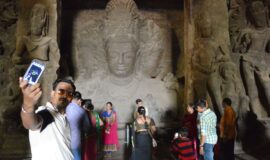
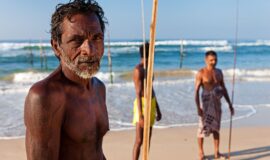
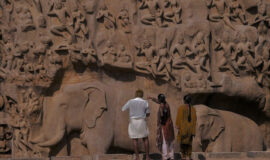
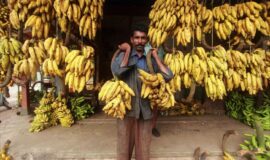
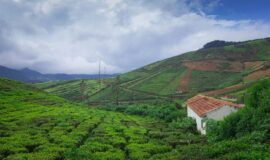
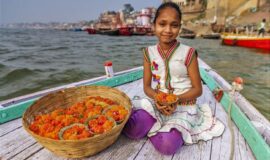
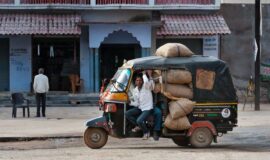
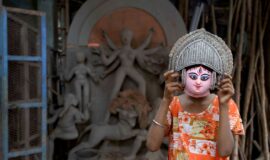
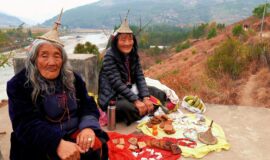

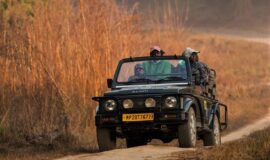
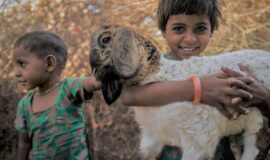
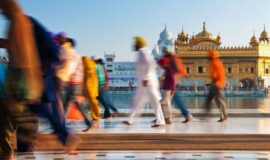
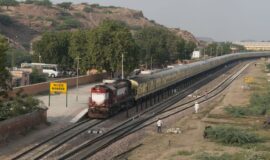
![Golden Triangle Tour with Goa [Culture + Beach Vacation] (12 days) Golden Triangle Tour with Goa [Culture + Beach Vacation] (12 days)](https://www.vacationindia.com/wp-content/uploads/2022/06/golden-triangle-tour-with-beach-vacation-270x160.jpg)
